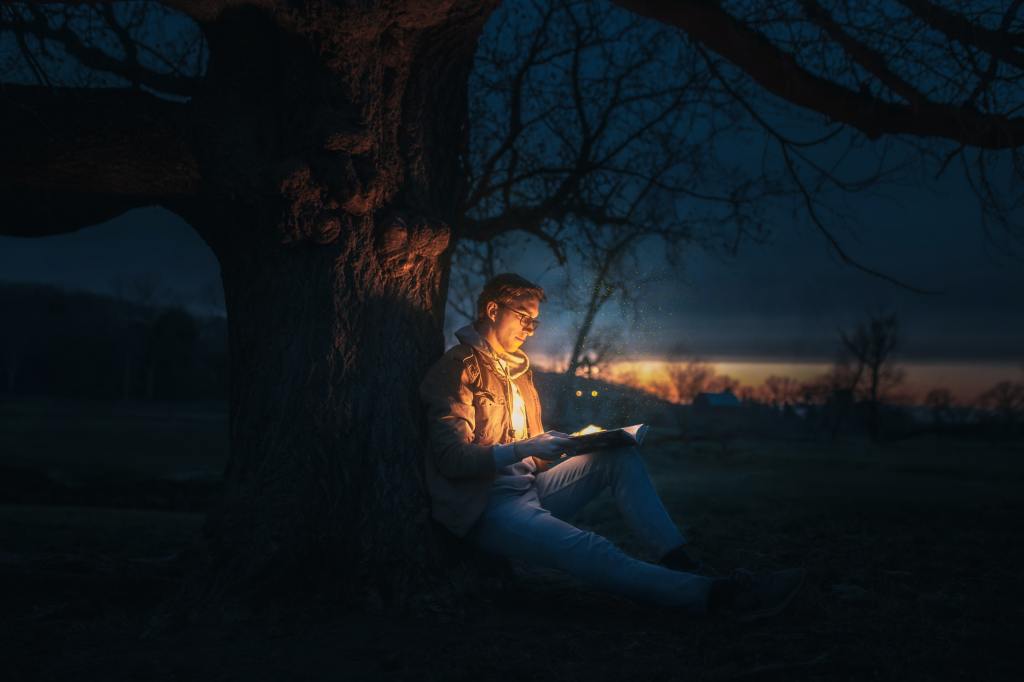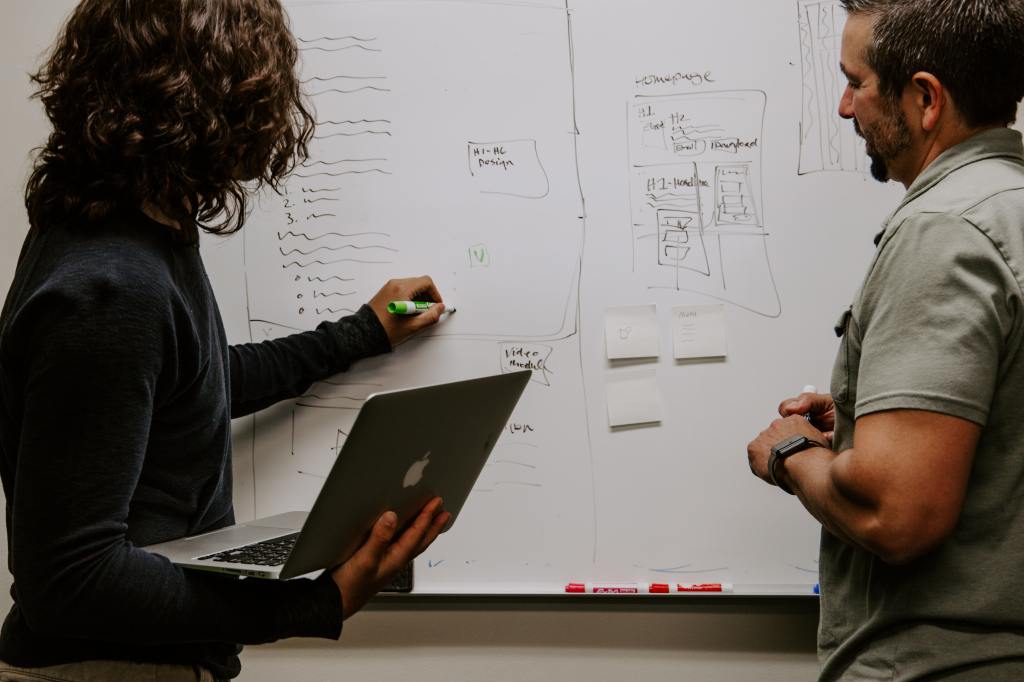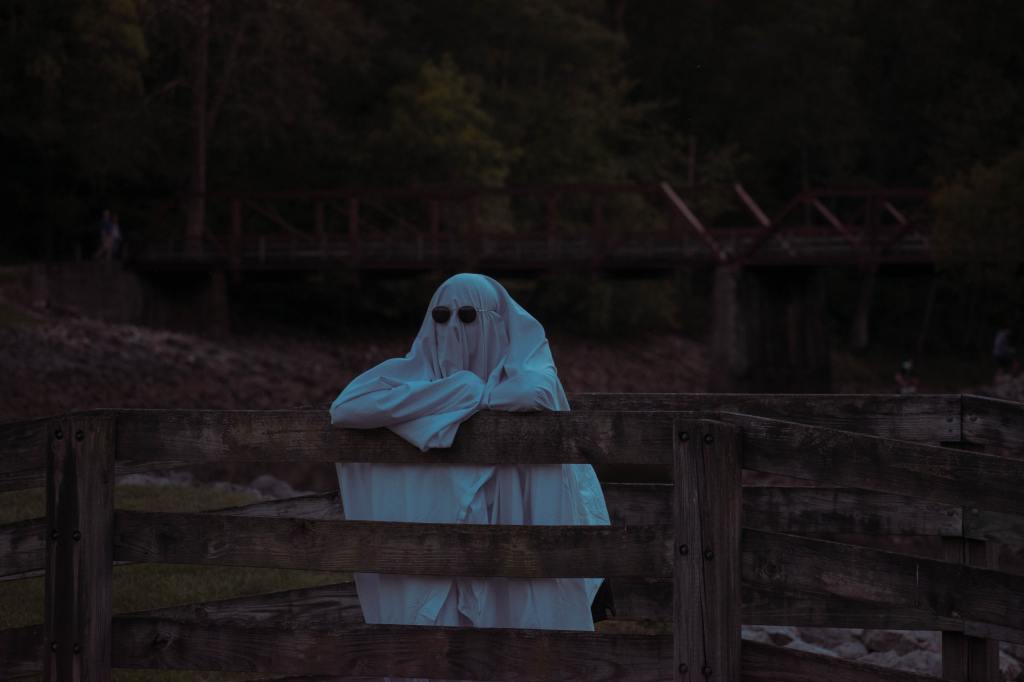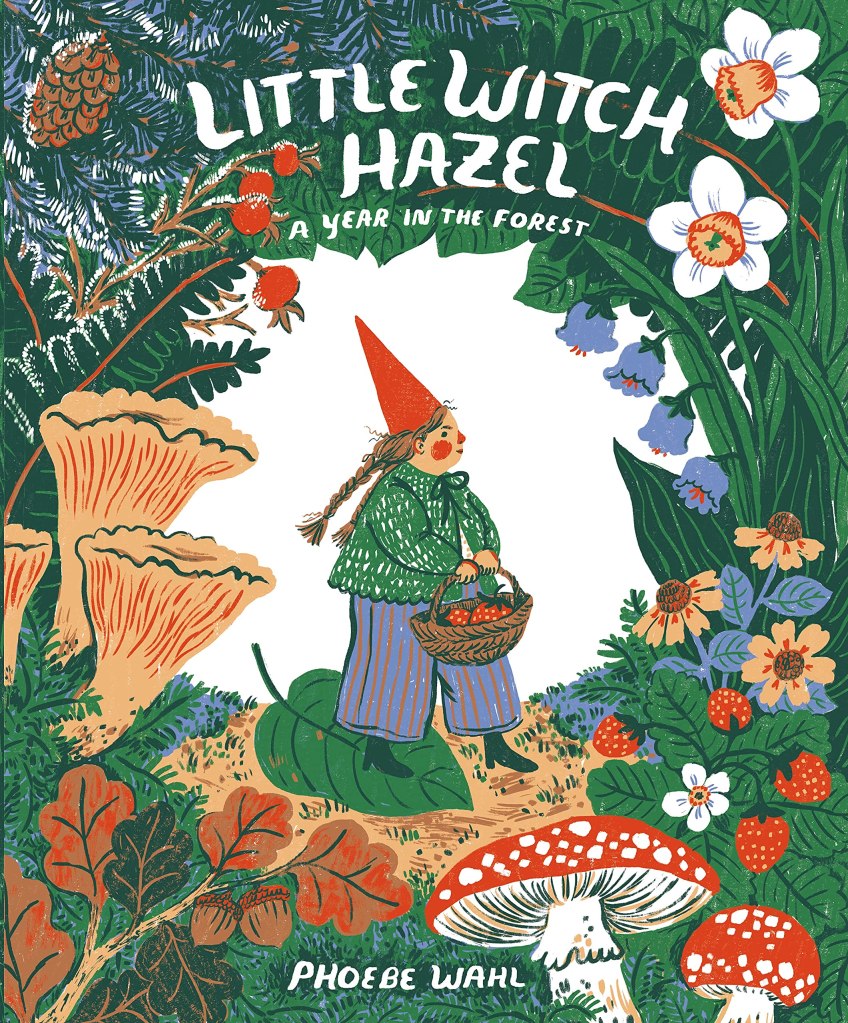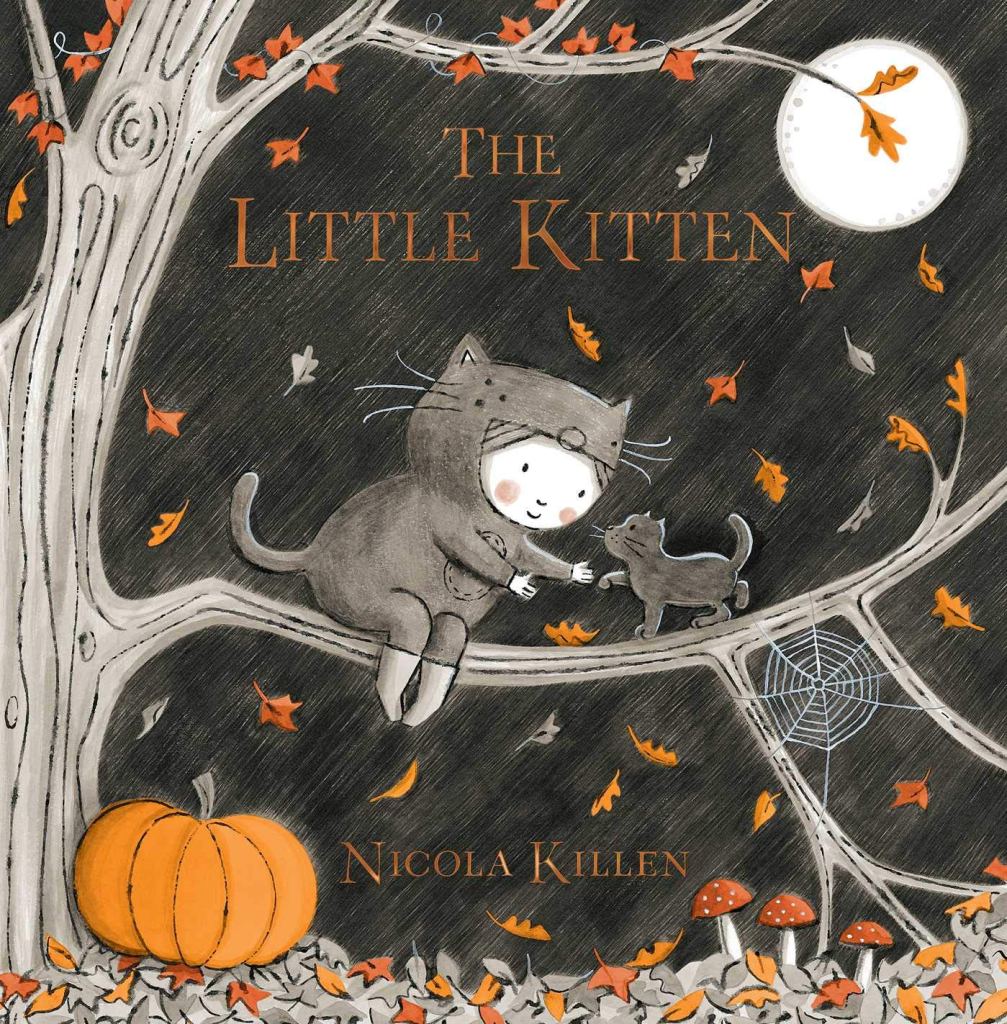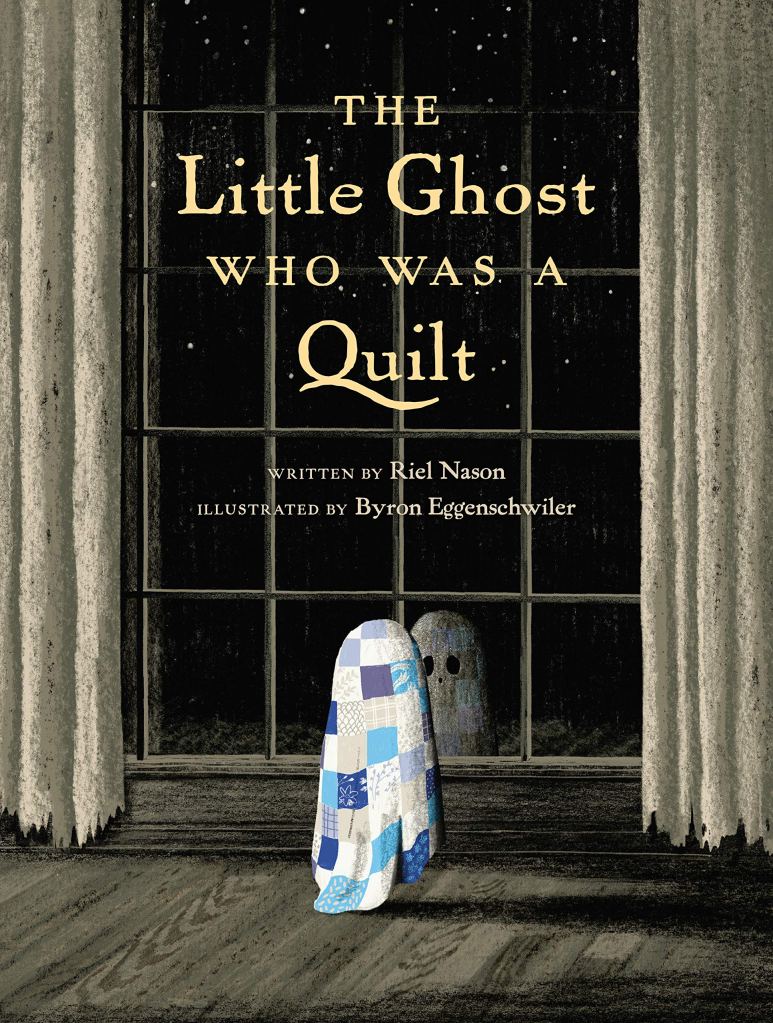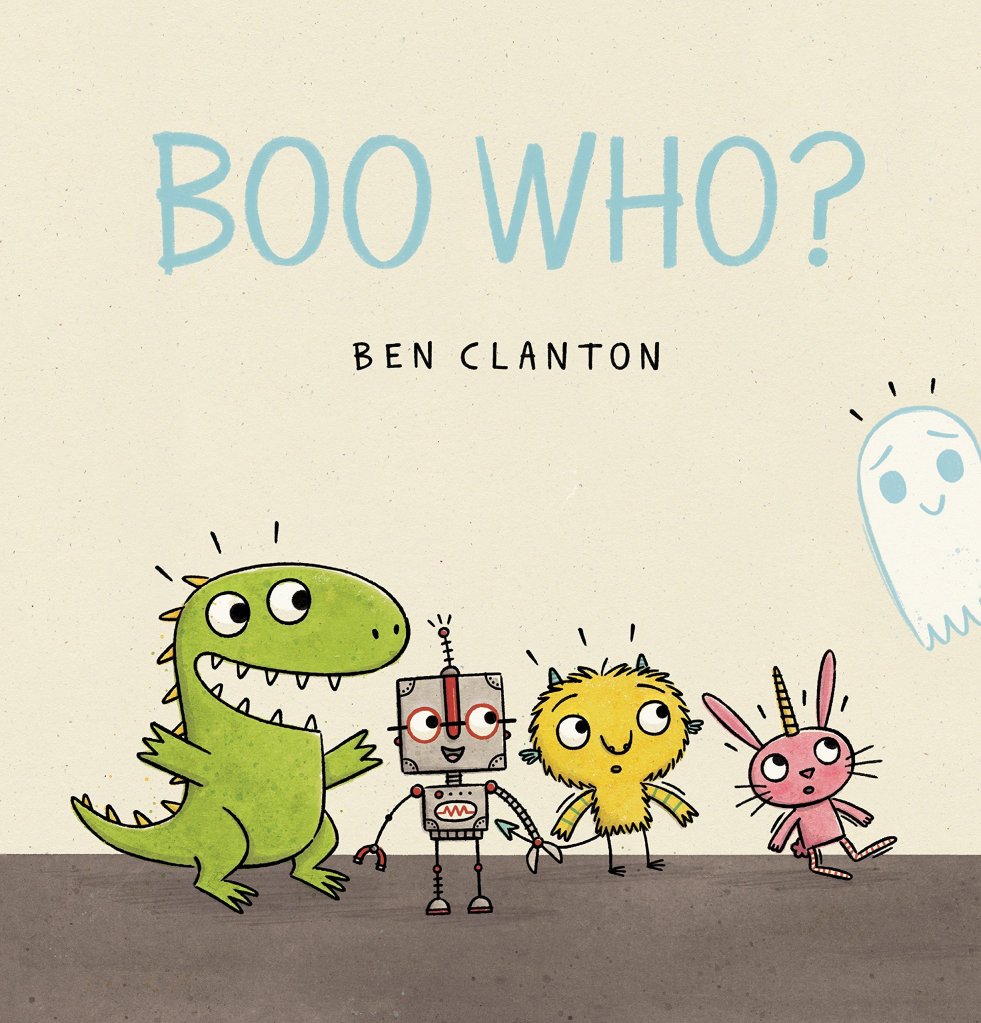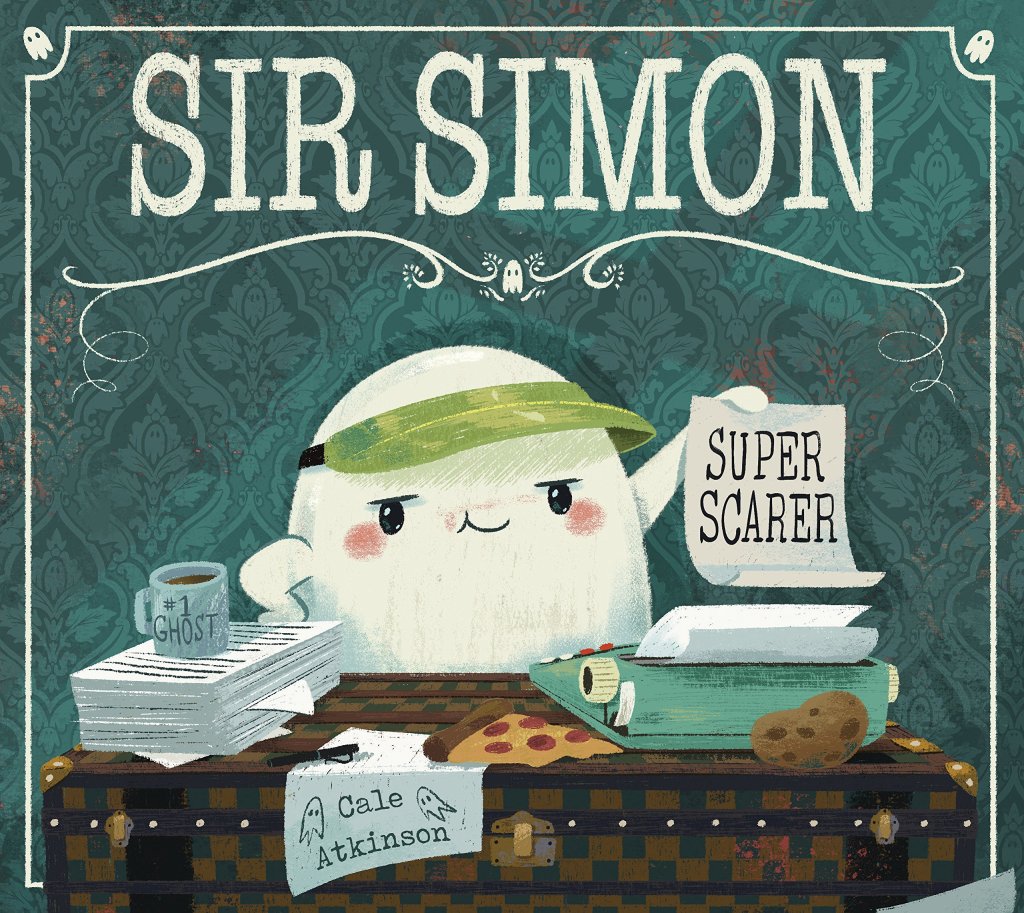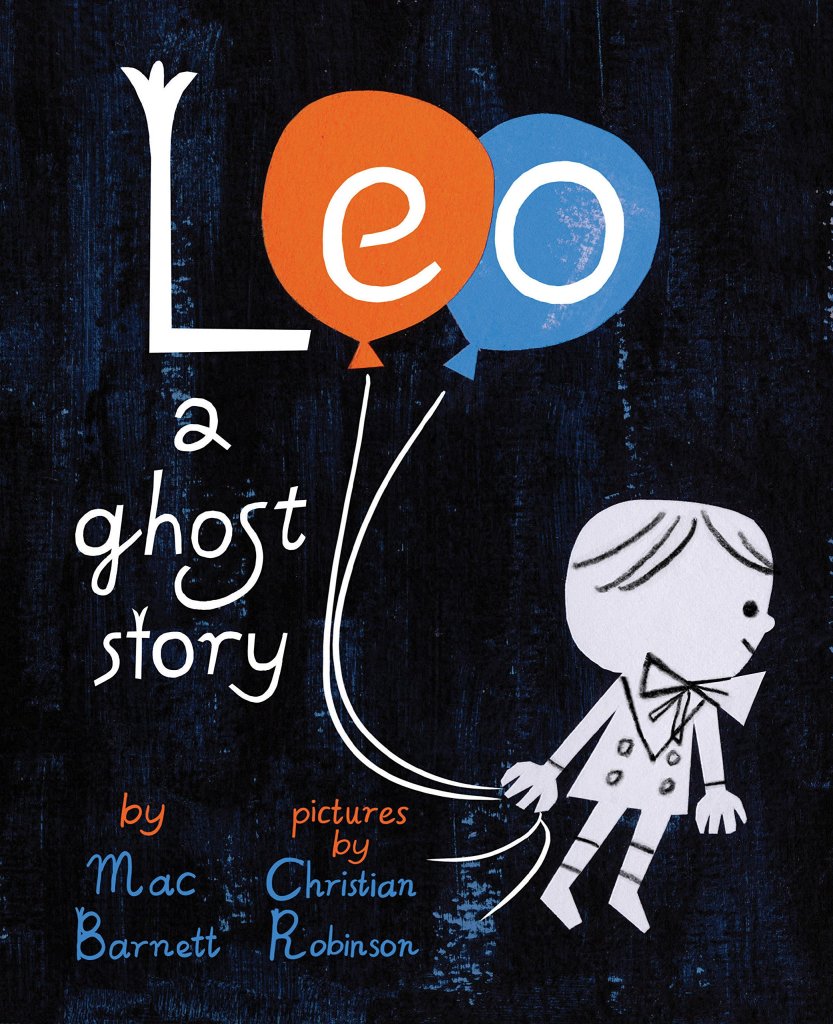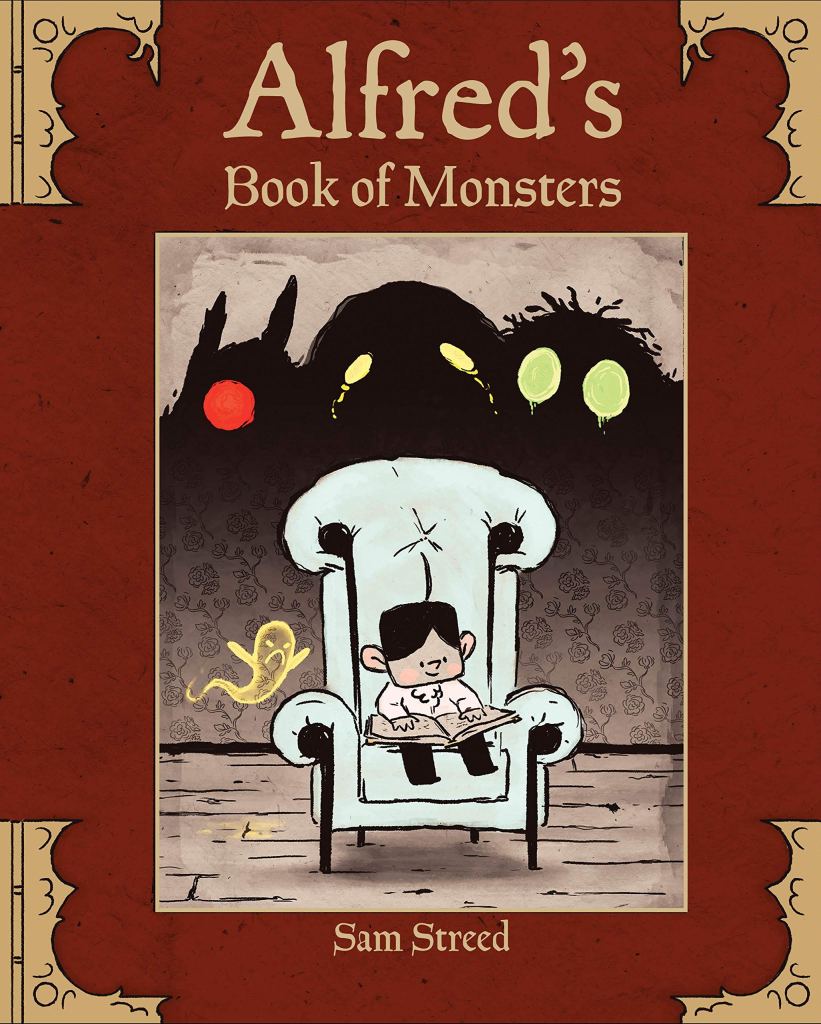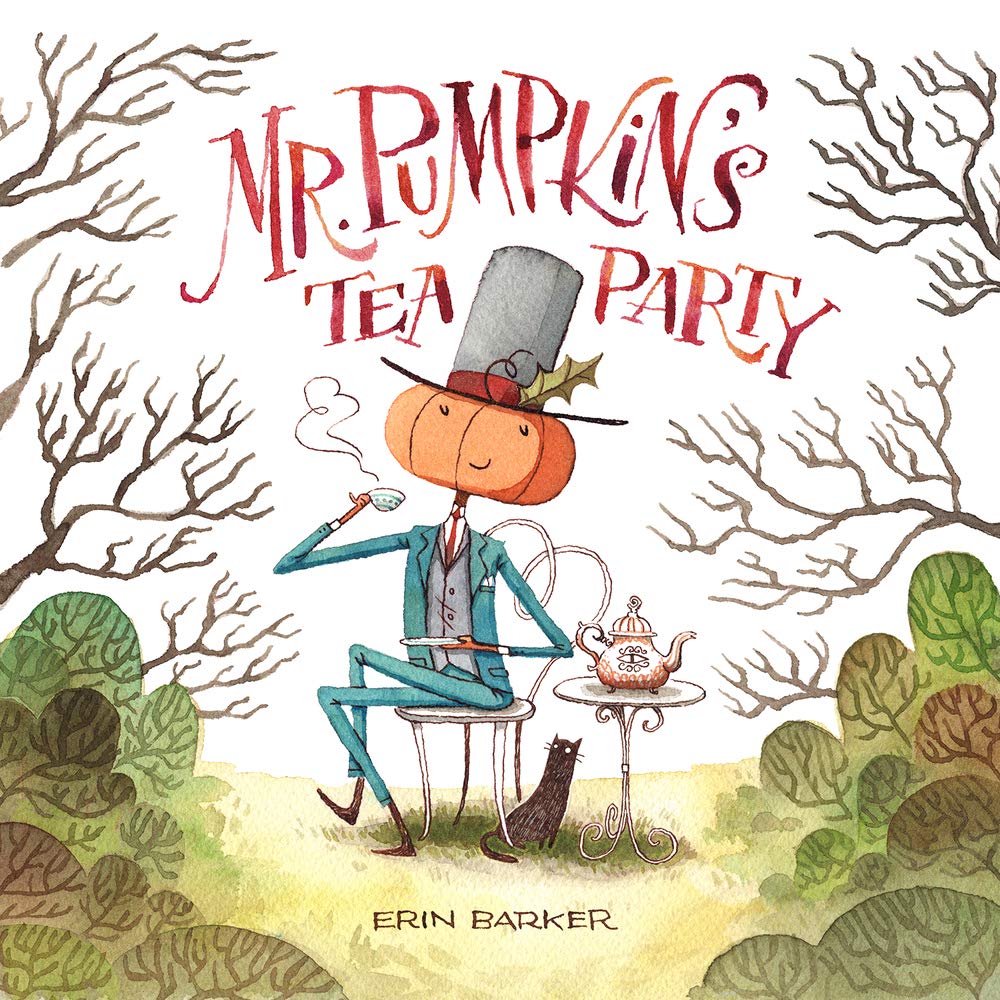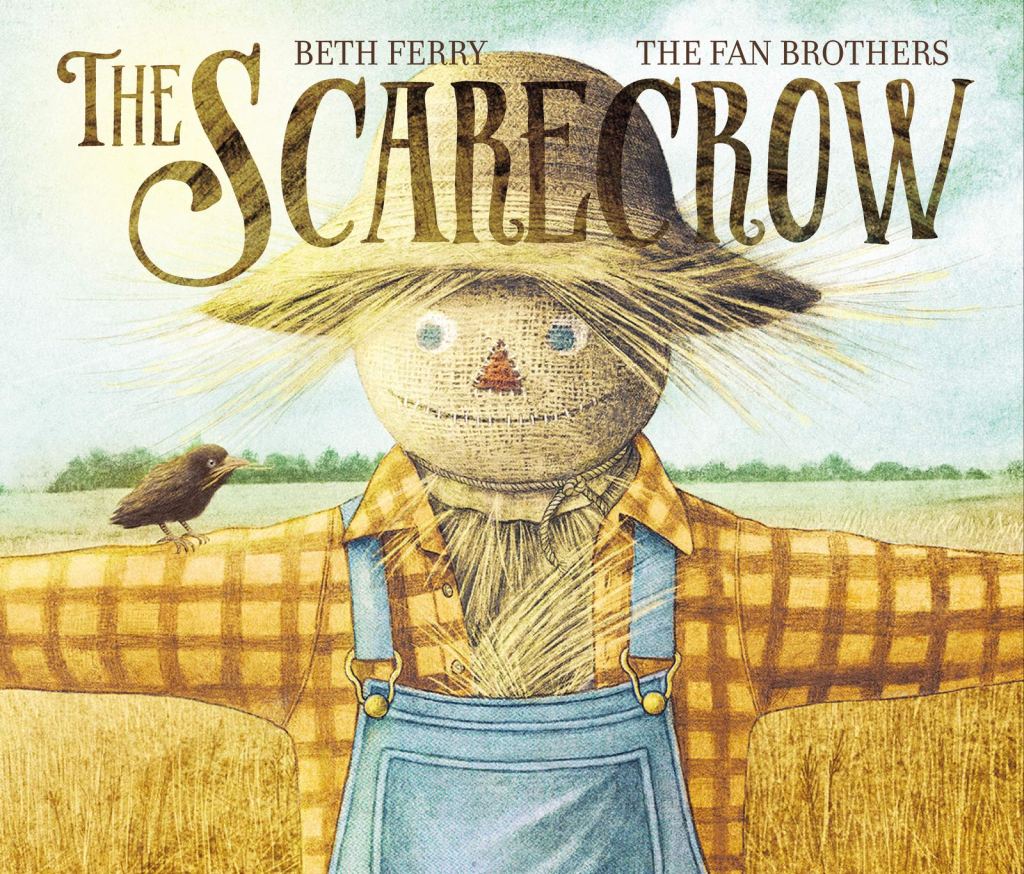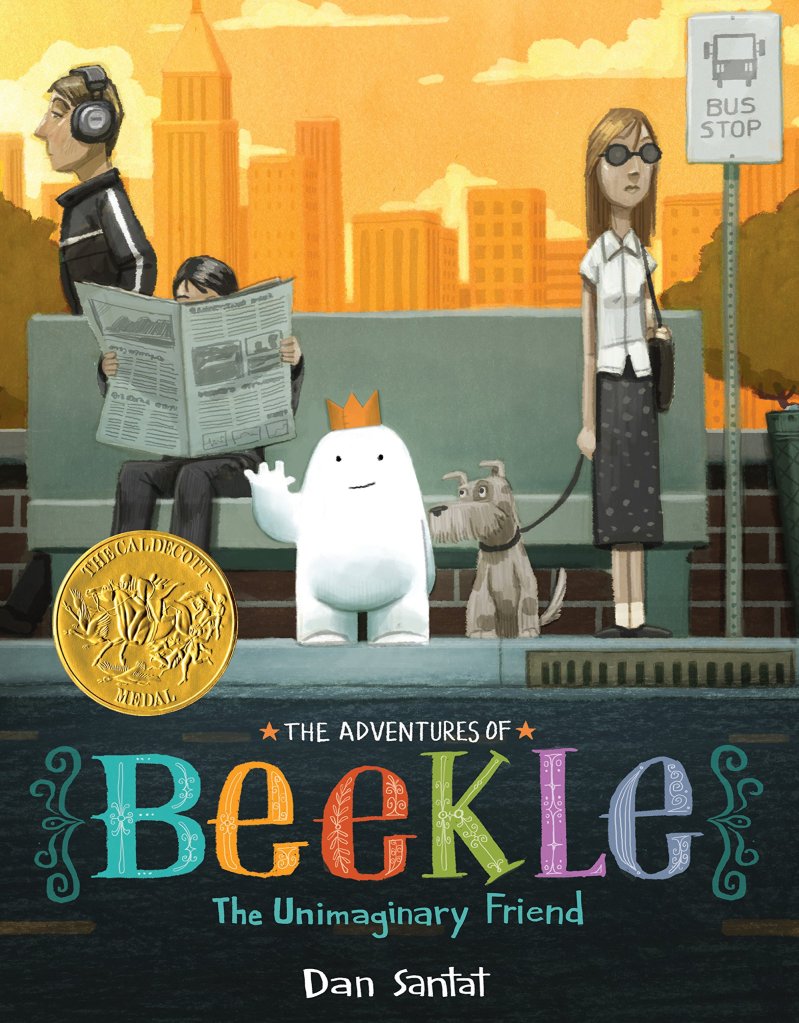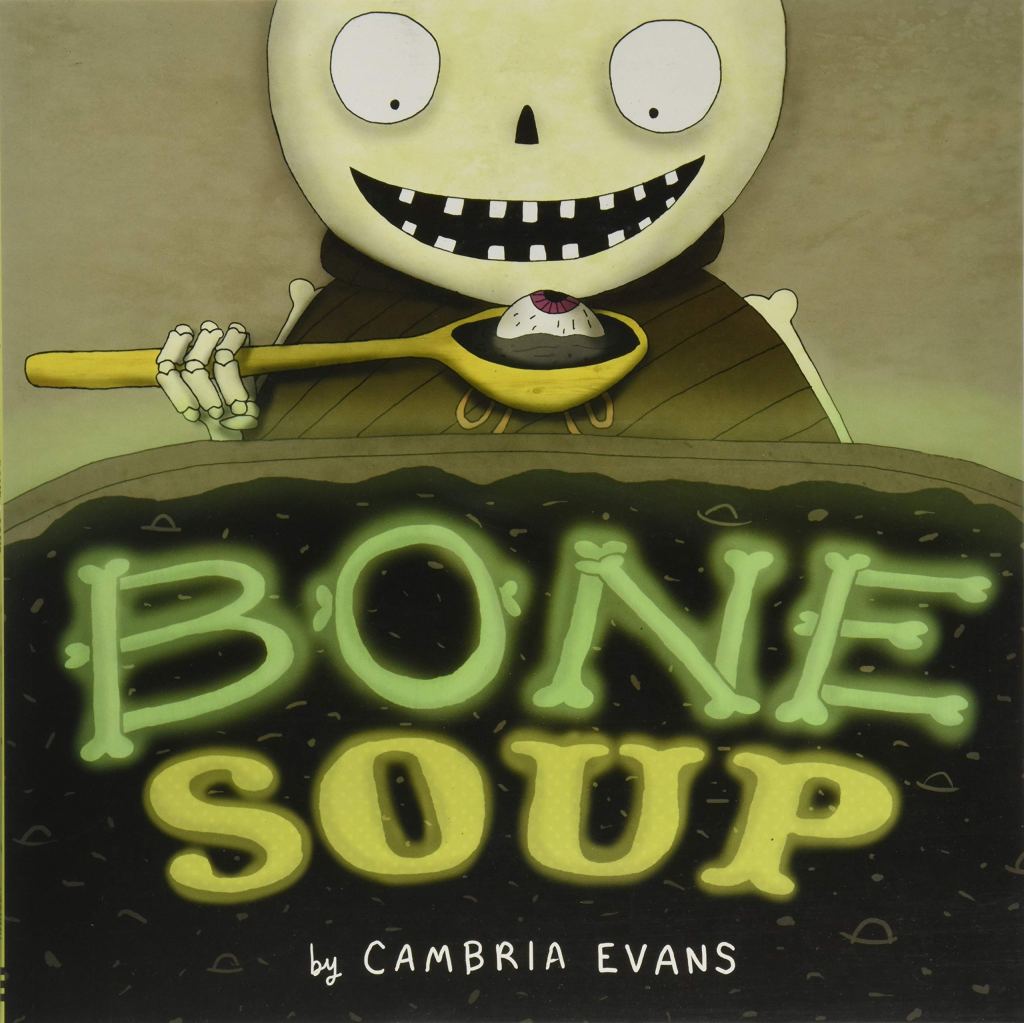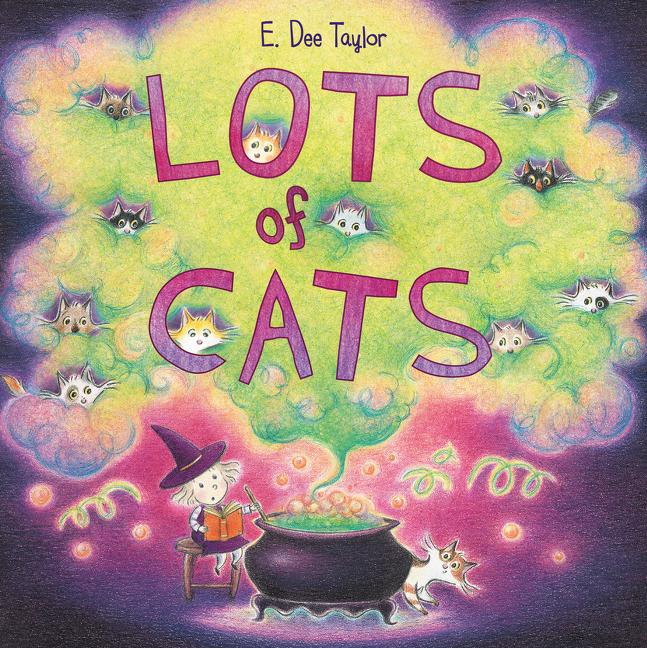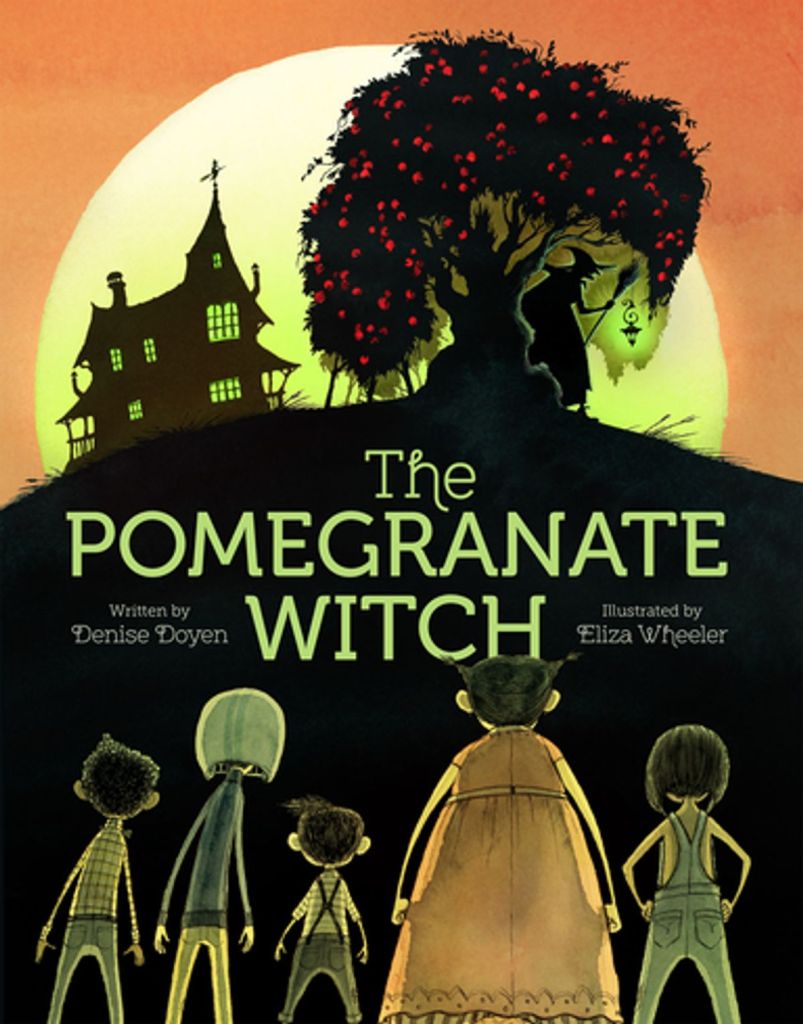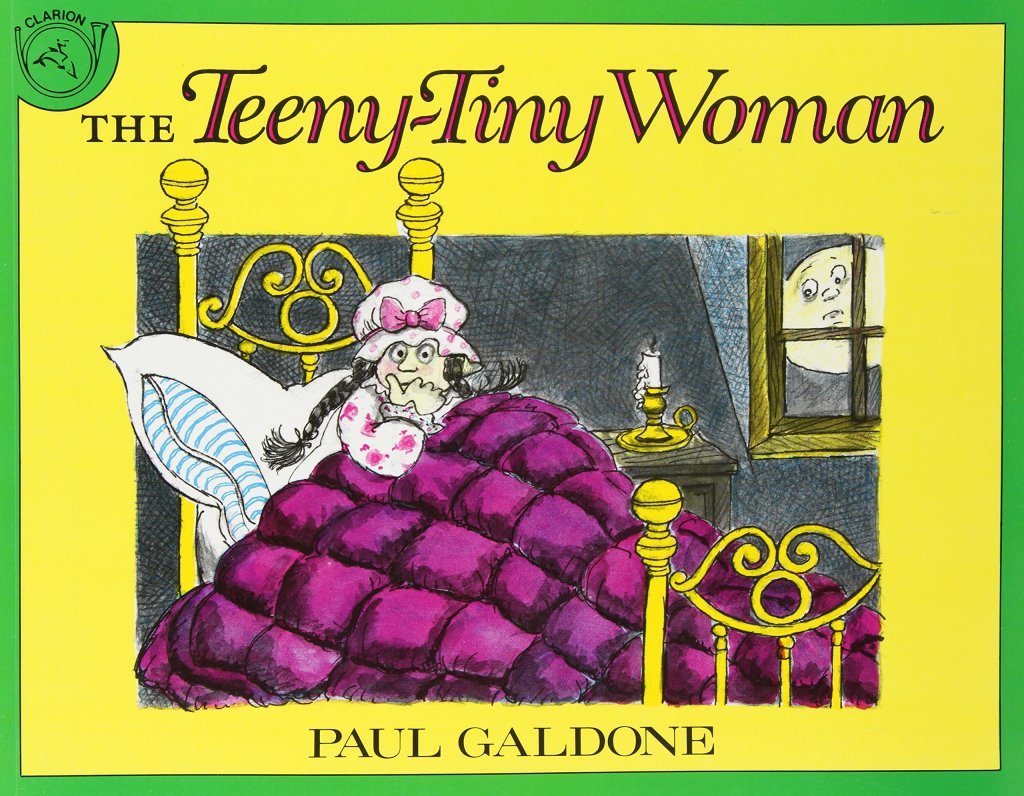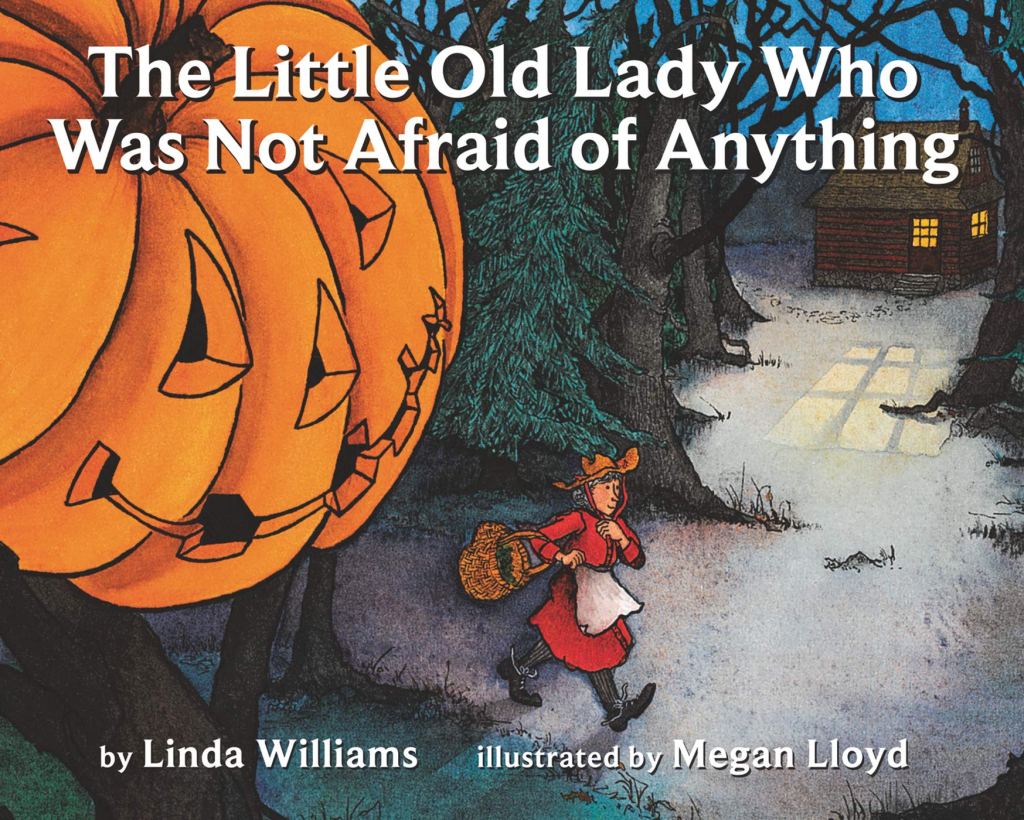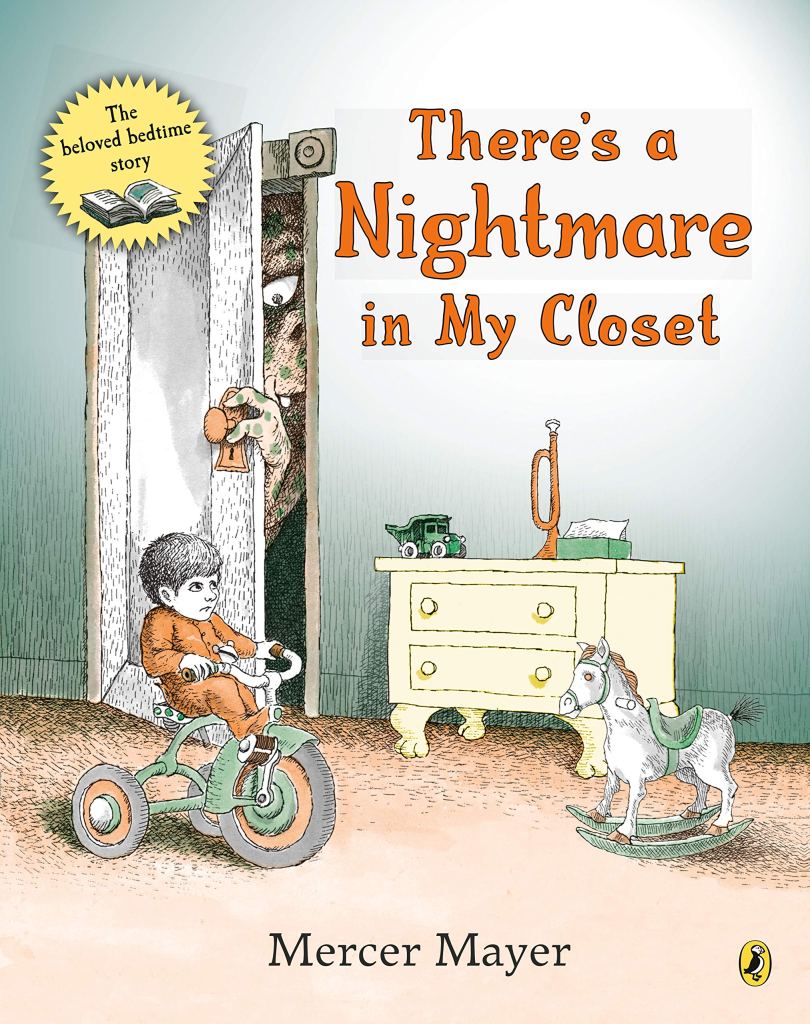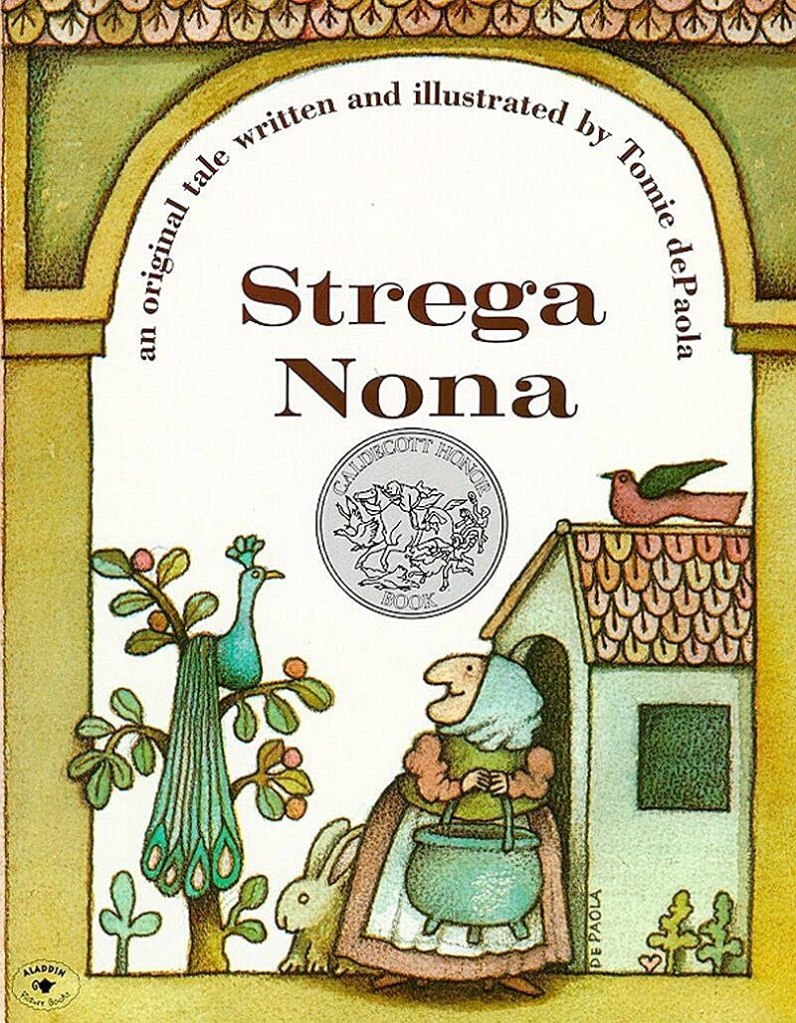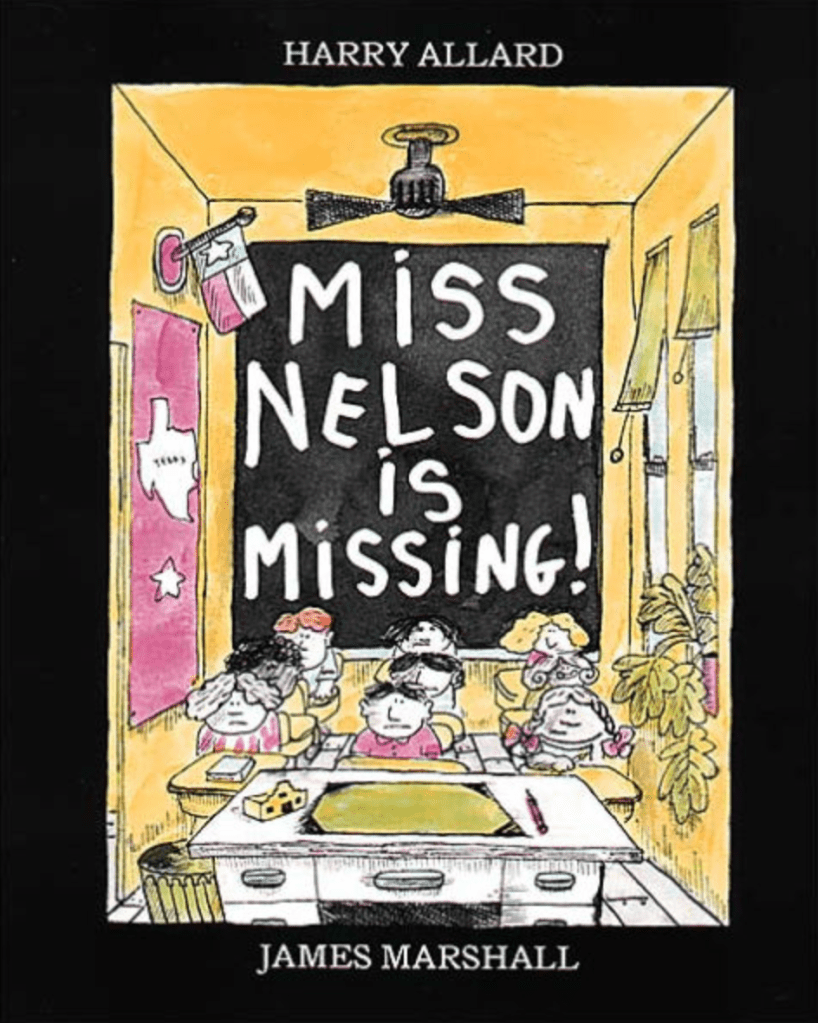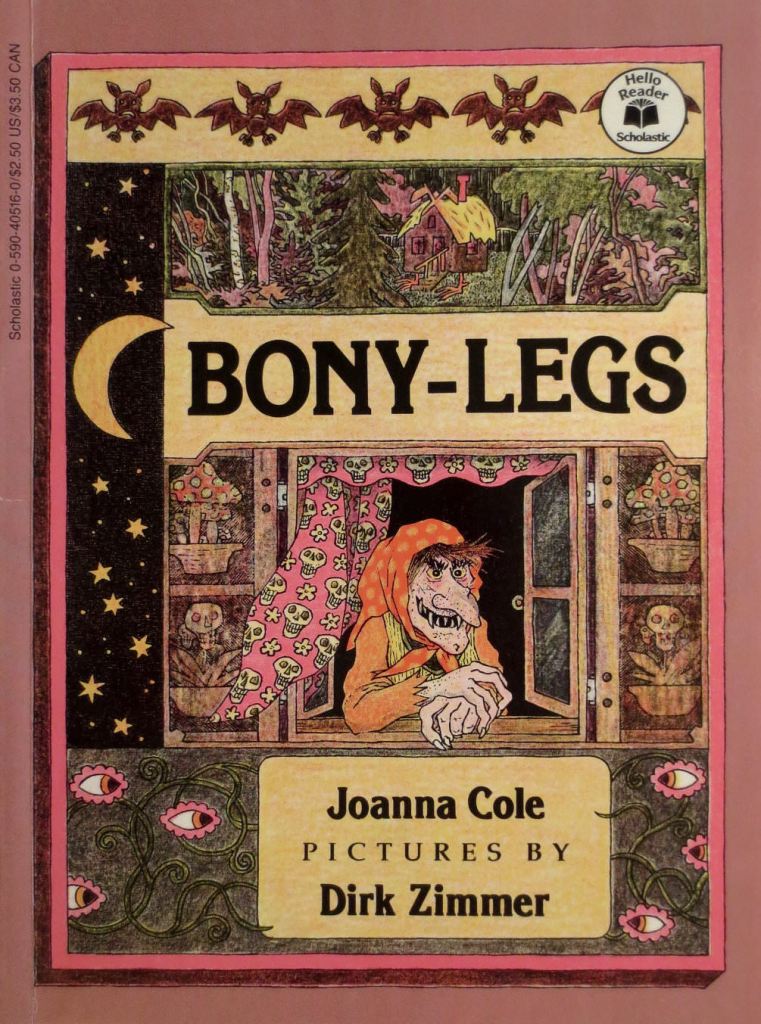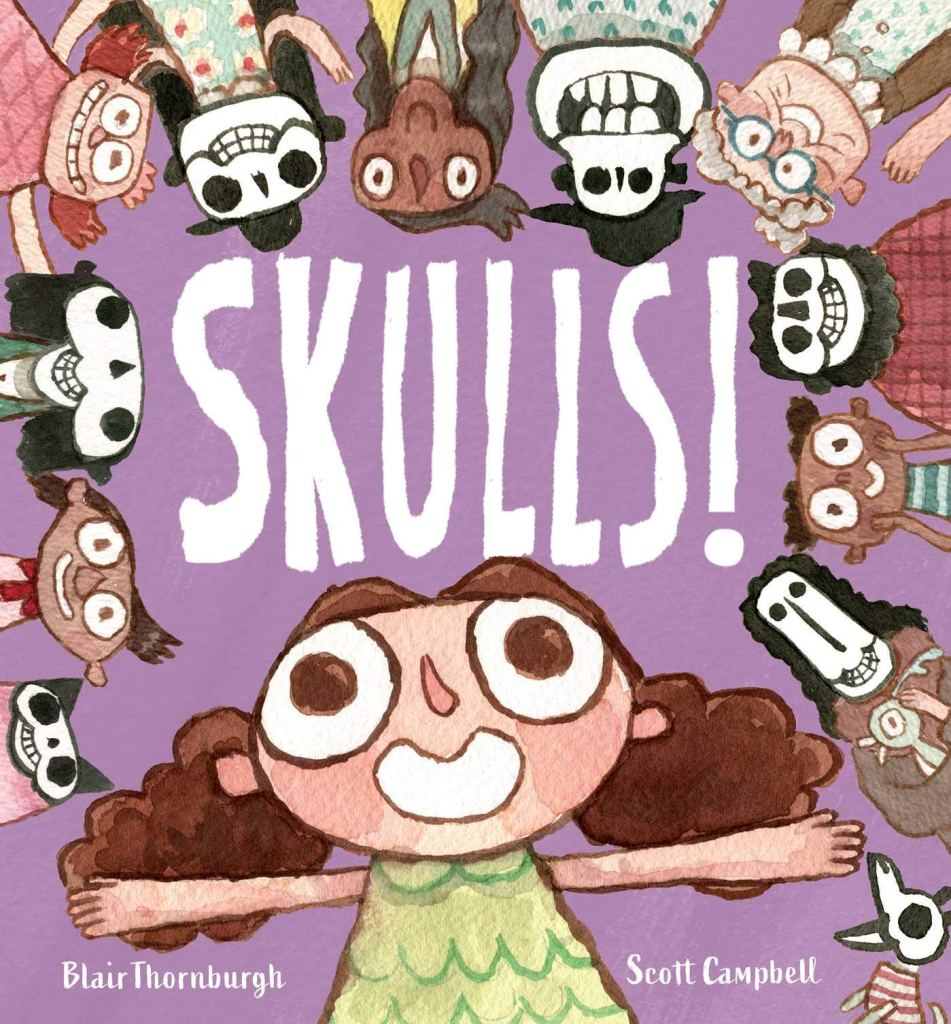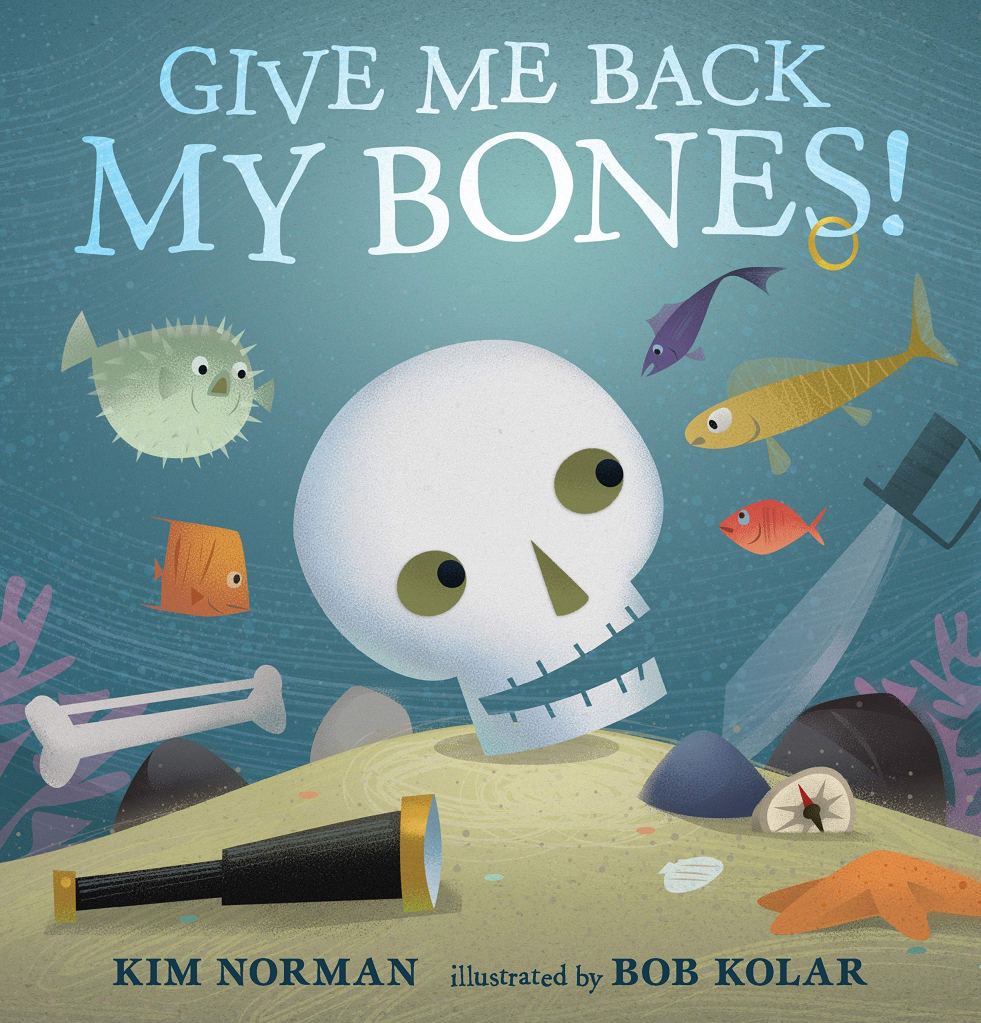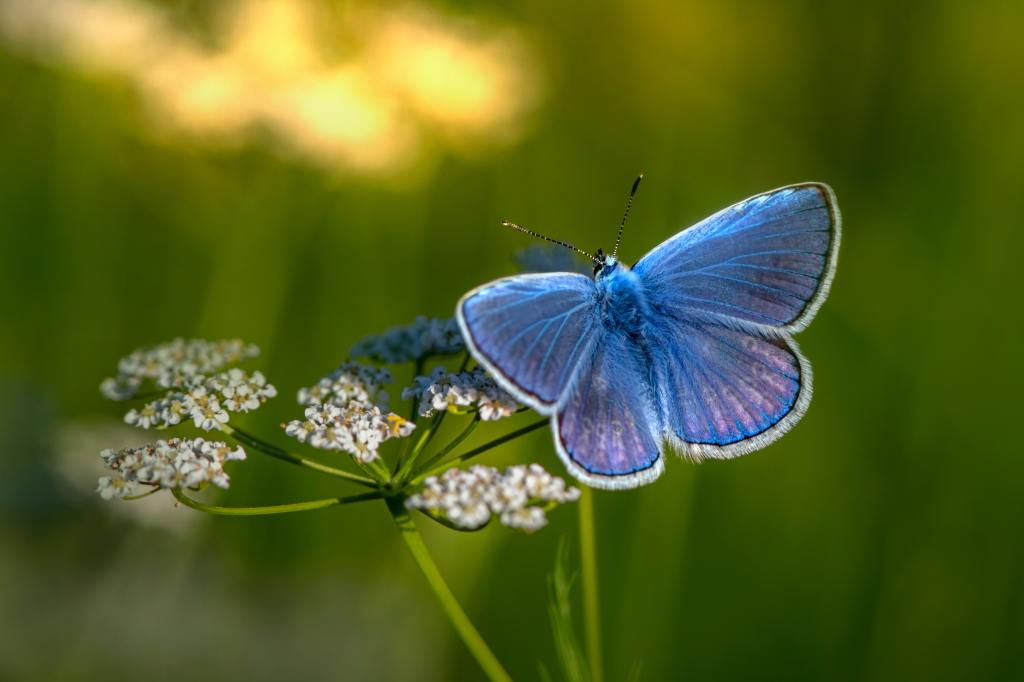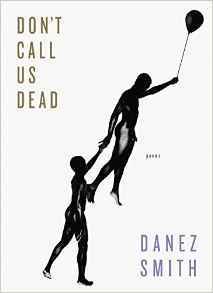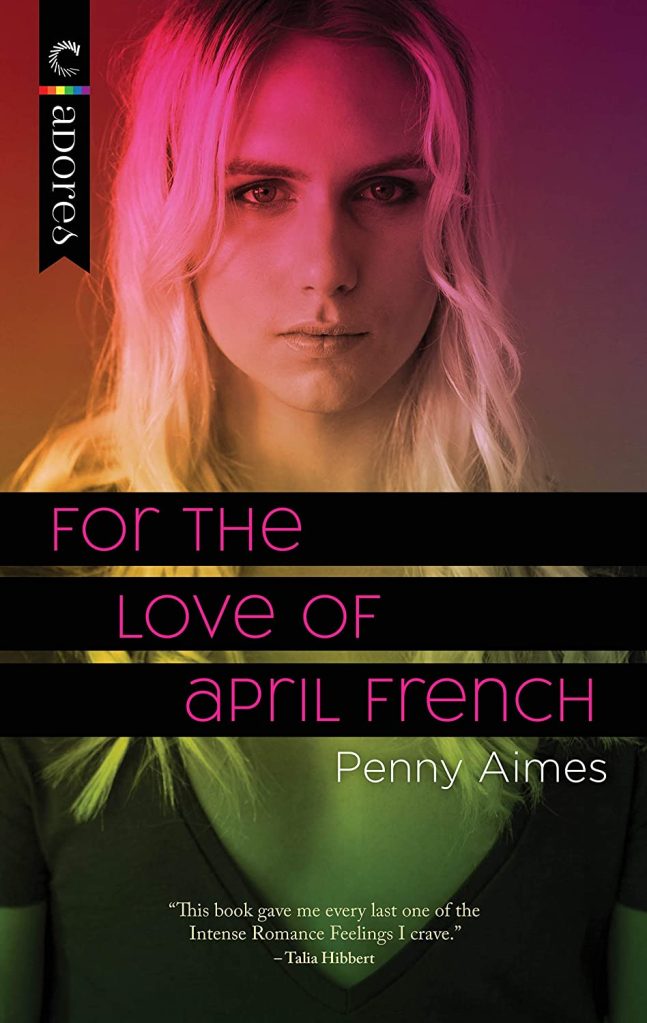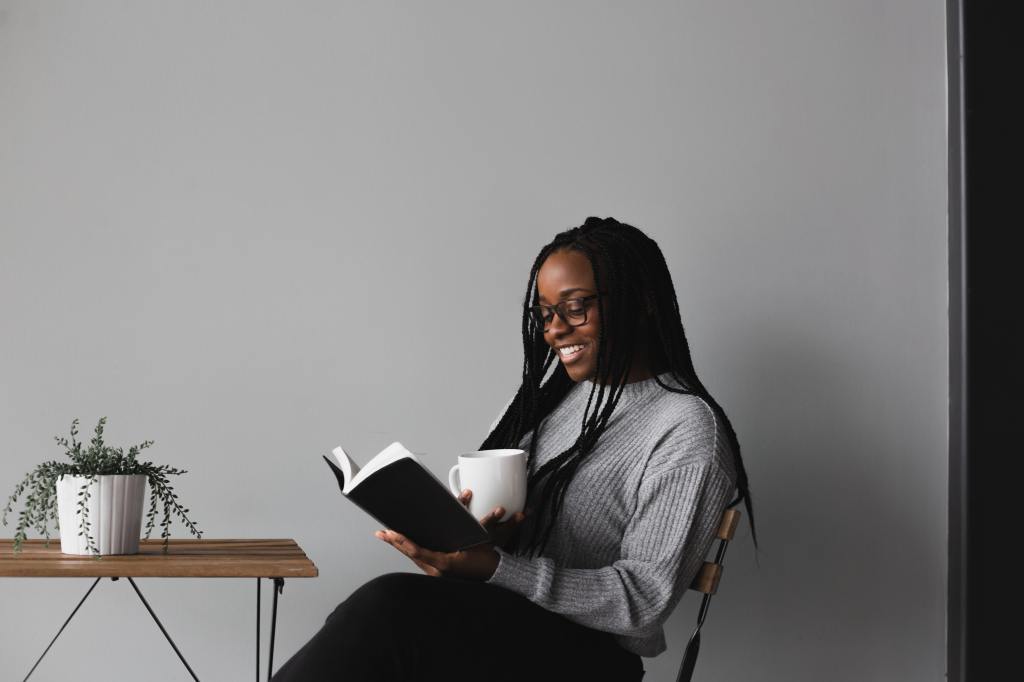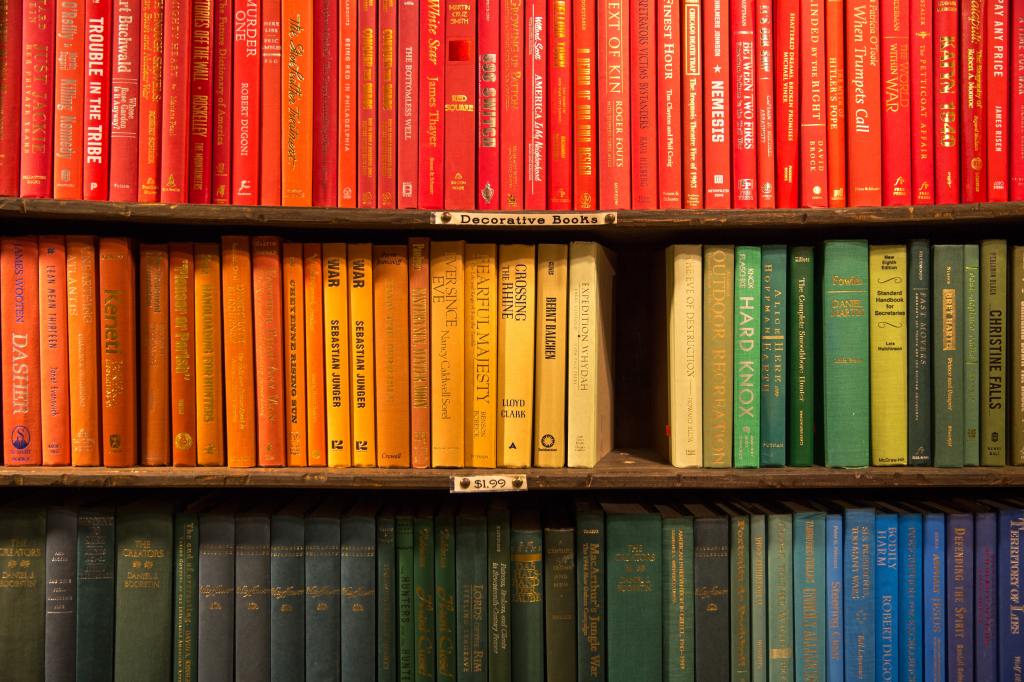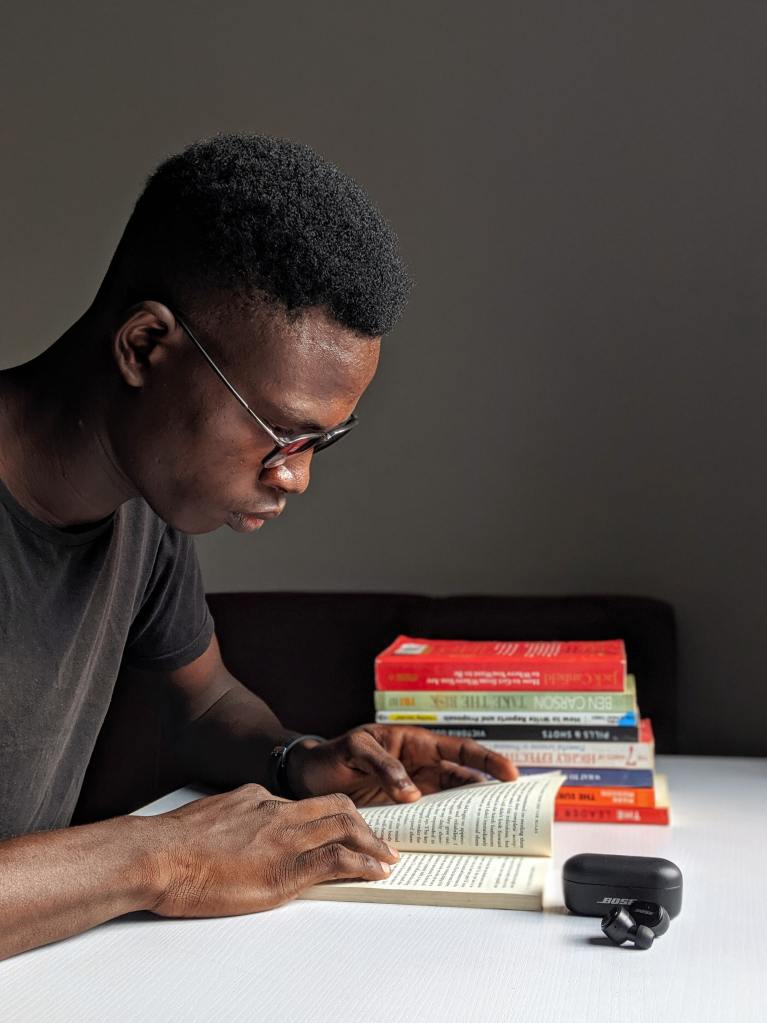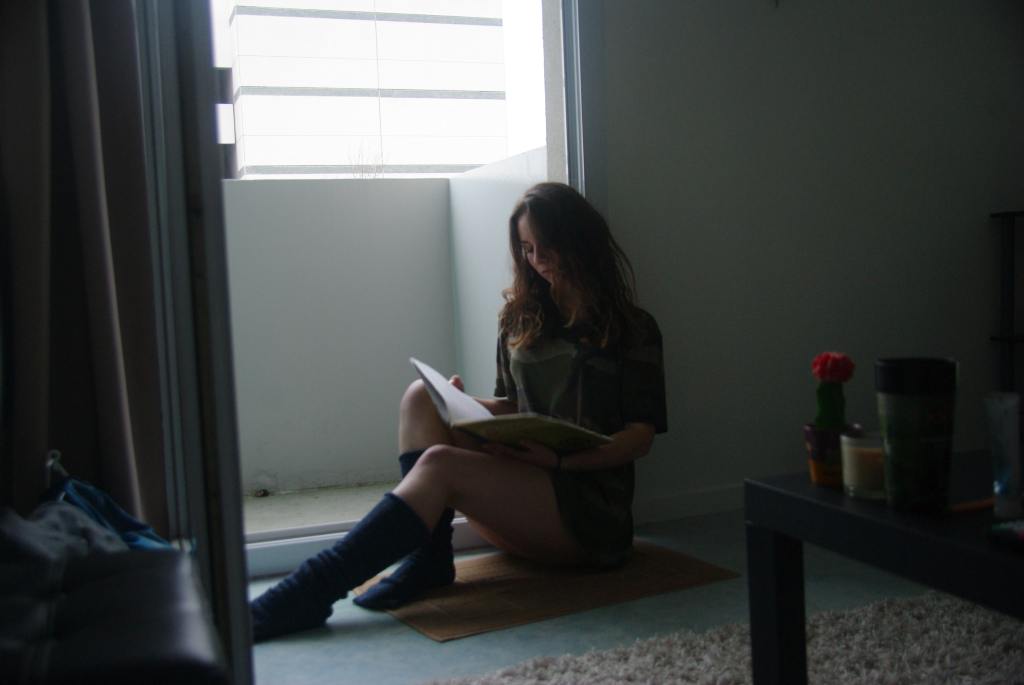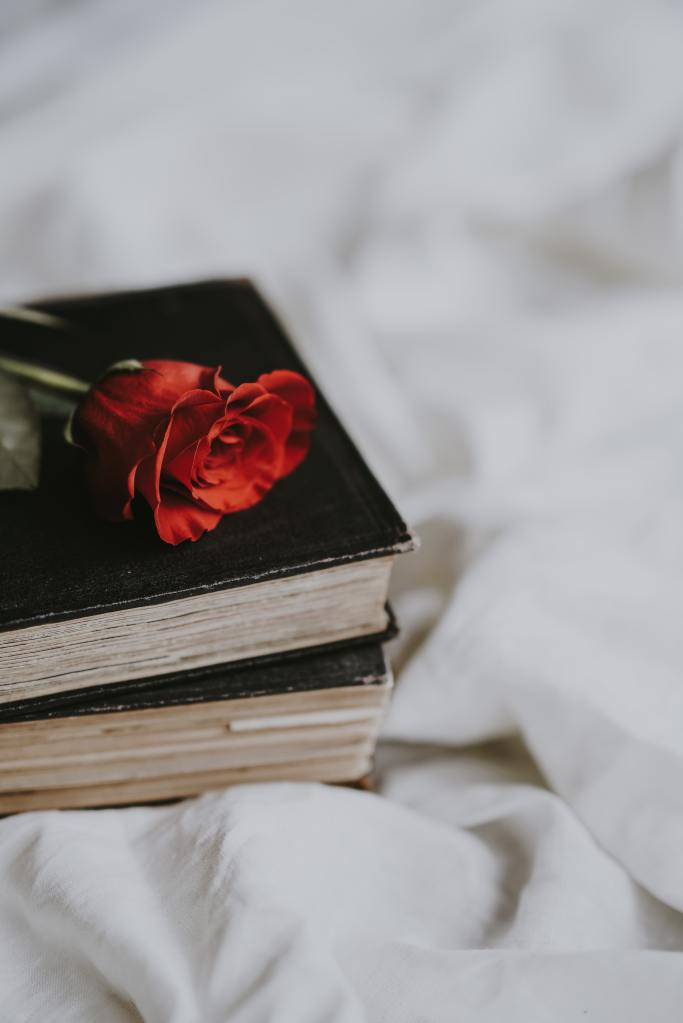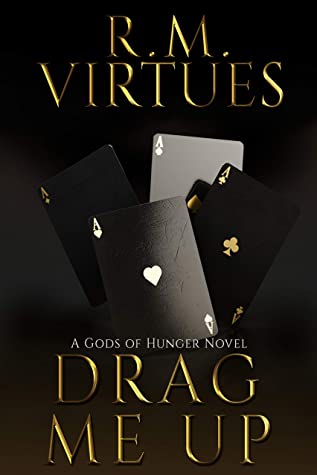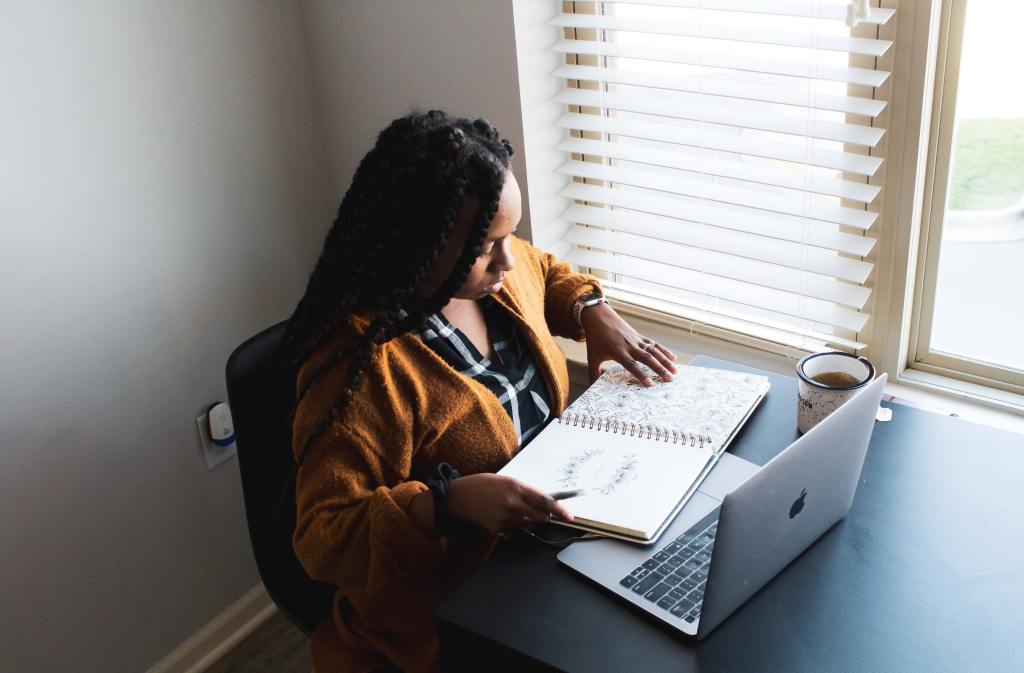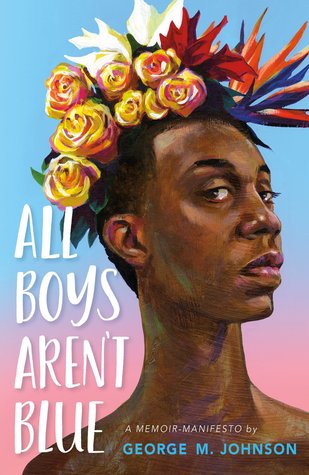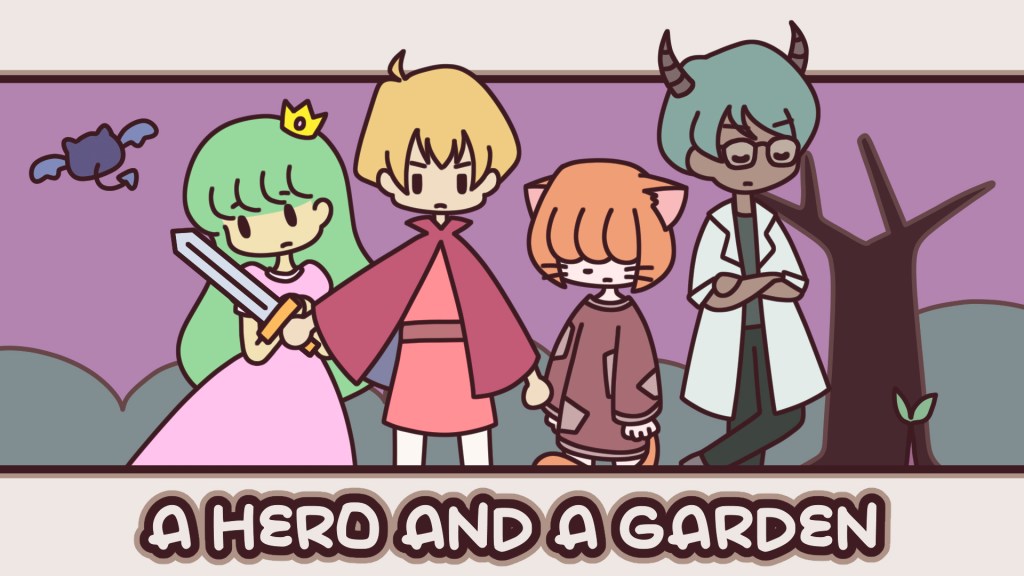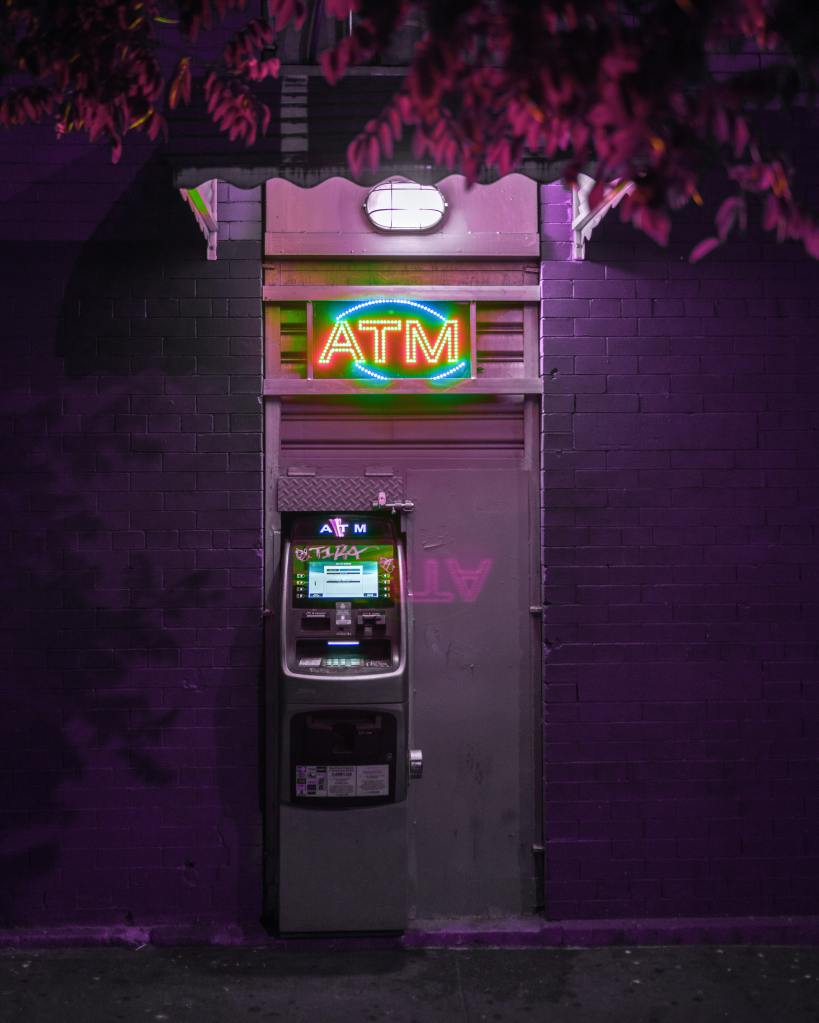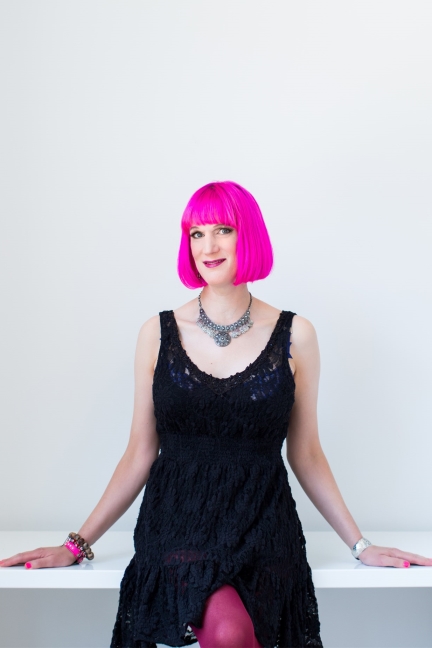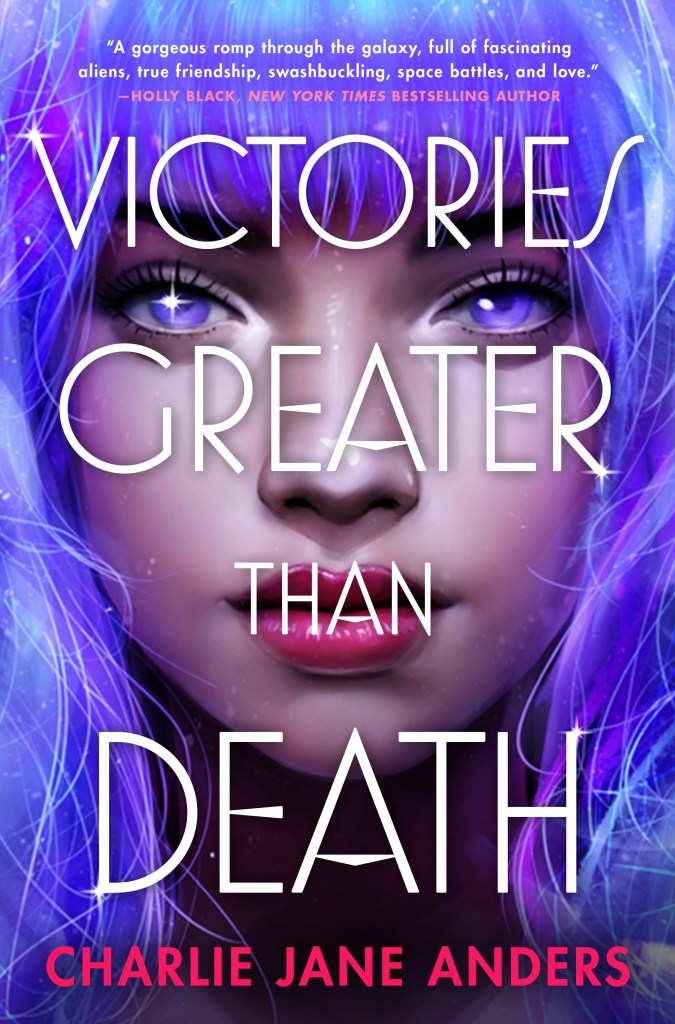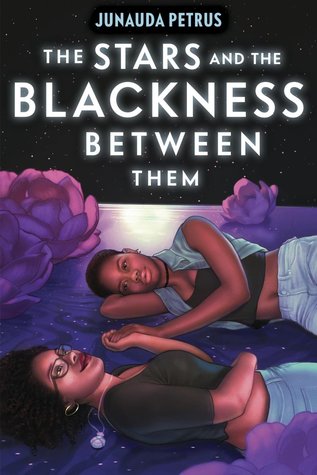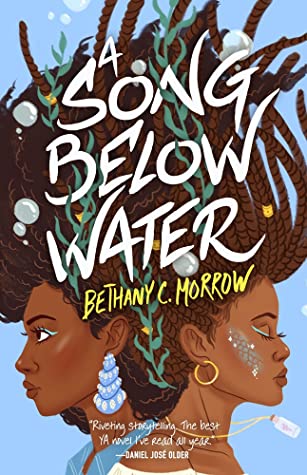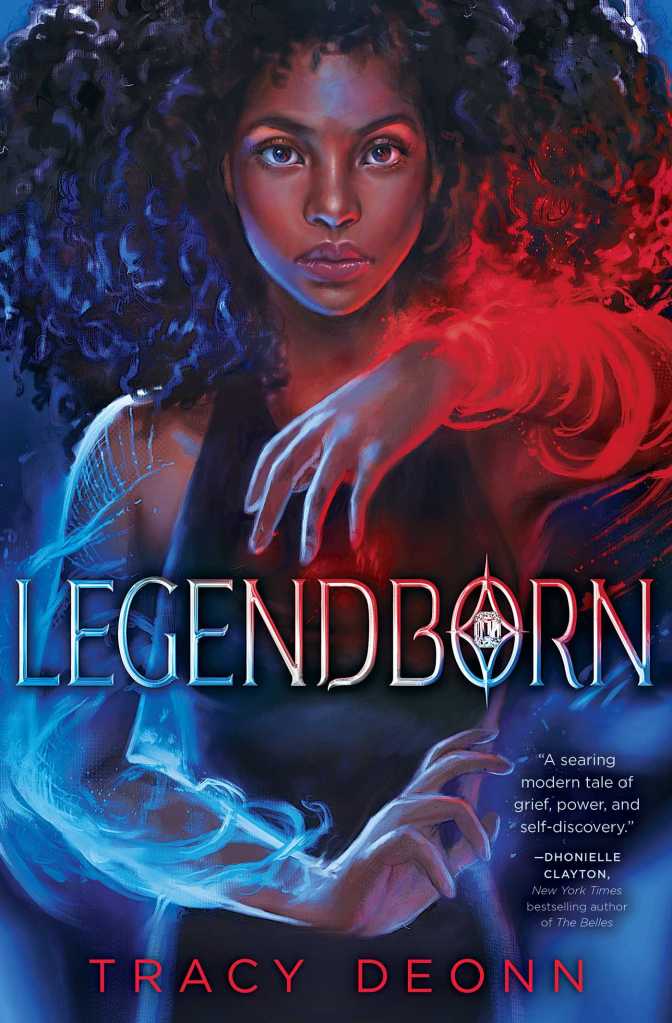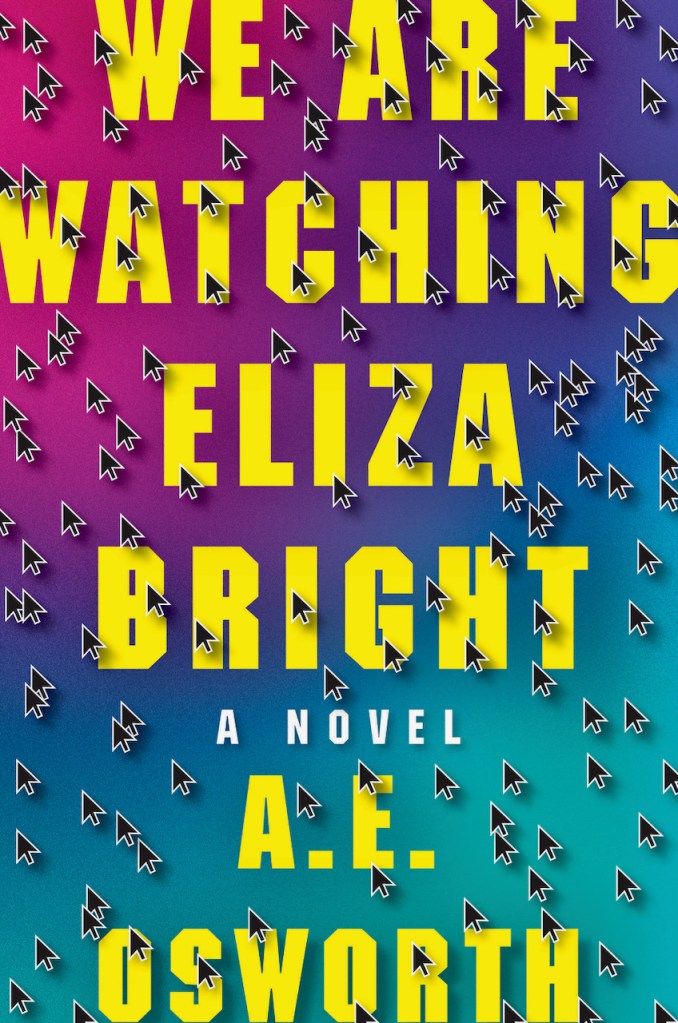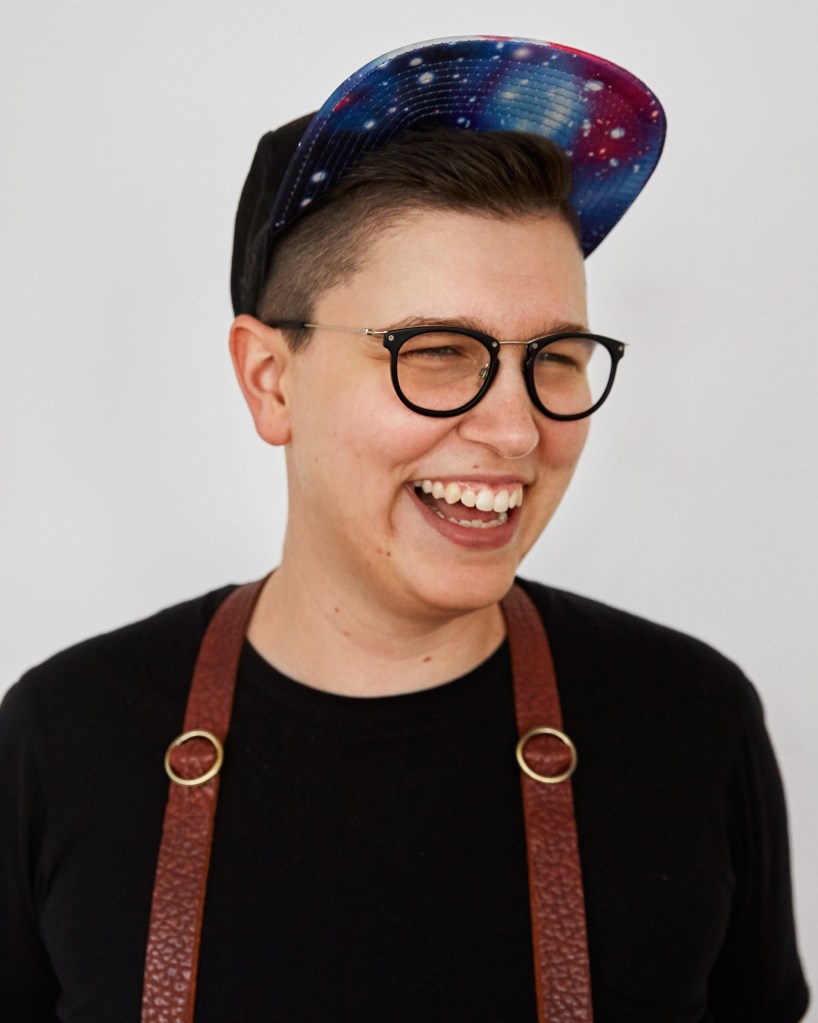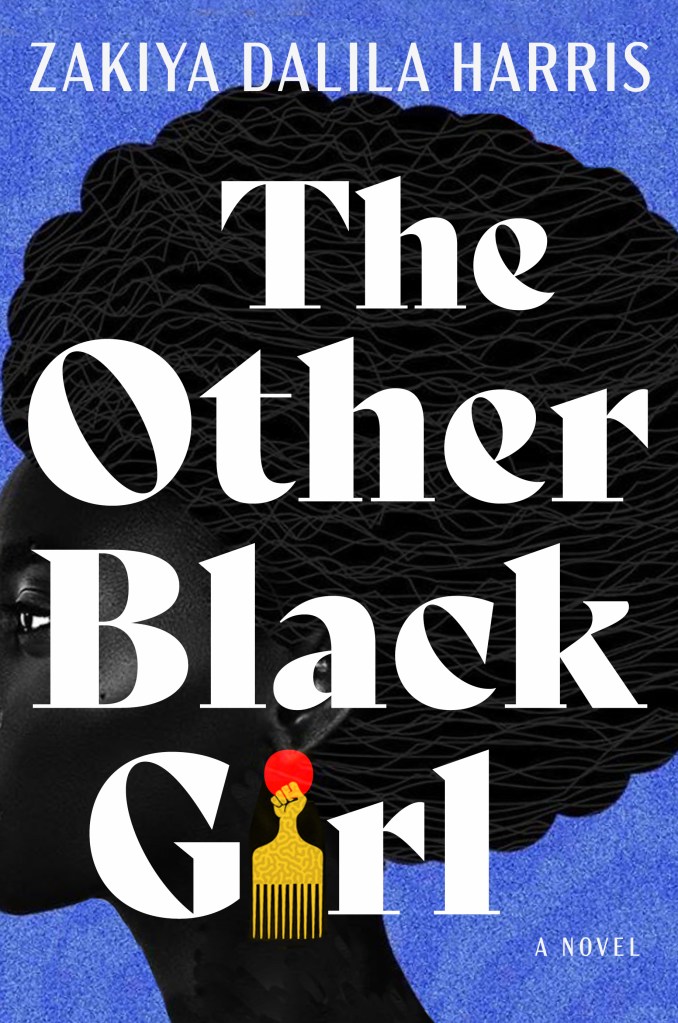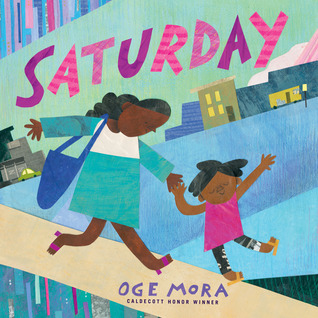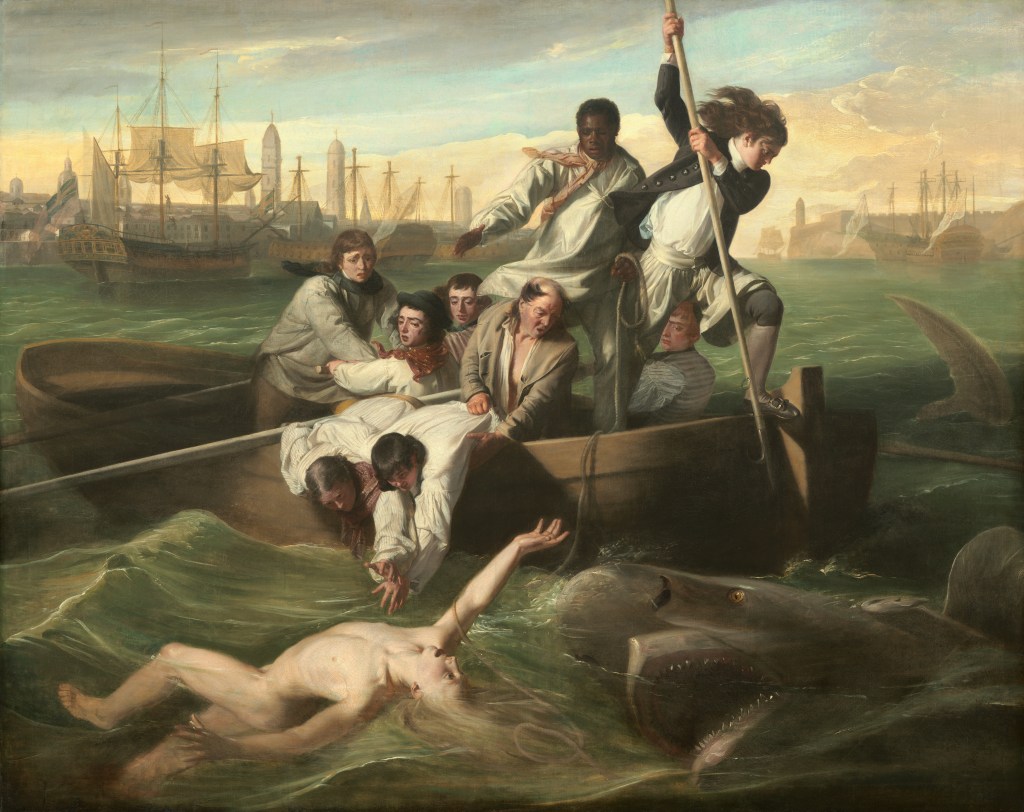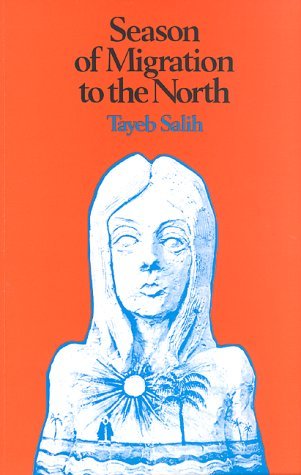*dusts off the blog, tests the mic*
Happy Tuesday, dear readers, and thank you so much for checking out Books Beyond Binaries! Whether you are a follower or a first-time visitor, your time means so much to me, especially since the blog is technically on hiatus for 2022! That said, I knew when I took this time away that there were at least a couple of books on the horizon that I would absolutely have to make time and space for here. THE MANY HALF-LIVED LIVES OF SAM SYLVESTER is definitely one of them. I am so lucky and so honoured to be able to host author Maya MacGregor for a REALLY over-the-top, expansive guest post about this unique title.

I was fortunate enough to be connected with Maya through one of my agenting colleagues, and when I started learning about this book, I was so excited. As a non-binary, autistic fan of writing with contemporary themes and spooky speculative elements, this book is right in my wheelhouse! I couldn’t wait to get my hands on an ARC and chat with Maya about some of the things that got me so excited – like, for example, that GORGEOUS (and super duper queer coded) cover art, by Lauren Franklin??
Well, meeting Maya did not disappoint. They have been an absolute gem throughout this process, and incredibly generous with providing me with an incredible interview for this post, some character art, AND a tarot spread! Feel free to jump around and peruse this post, get to know Maya a little bit, get to know SAM SYLVESTER, and don’t forget to order your copy… because one of the serendipitous coincidences about this book is that TODAY is my birthday, and TODAY is also THE MANY HALF-LIVED LIVES OF SAM SYLVESTER’s book birthday!! Twinsss!
Meet Maya MacGregor

Rocking forest fae vibes, Maya MacGregor is an author, singer, and artist based in Glasgow, Scotland. A fluent Gaelic speaker, Maya is active in many community activities in Gaelic music as well as writing contemporary YA and adult fiction (as Emmie Mears and M Evan MacGriogair). Maya has a degree in history and is passionate about writing the stories for teens they wish had existed when they were younger and fills them with the type of people who have always populated their world. Their pronouns are they/them.
THE MANY HALF-LIVED LIVES OF SAM SYLVESTER is Maya’s first YA novel, and the best news? They have another on the way! THE EVOLVING TRUTH OF EVER-STRONGER WILL is coming from Astra Books for Young Readers in 2024.
Like Sam, Maya is autistic. Also like Sam, Maya spent much of life learning to mask autistic behaviours. Some of Maya’s special interests are: Gaelic (which you can now learn on Duolingo!), Dragon Age (especially Dragon Age Inquisition!), Gaelic song and poetry.
Interview with the Author
There isn’t a lot of non-binary representation for this age category of books yet, especially with a more nuanced view of identity. This is a story that I know younger me would have LOVED and seen myself in. How much did your own lived experiences inspire or factor into your writing this book?
A lot! I’ve lived in eight US states and three countries, and among them, both Oregon and Montana, but I went the opposite direction to Sam. We moved from Portland to Montana when I was 11, and it was a huge culture shock for me. I grew up in the height of the AIDS crisis with two mums, and homophobia was a formative factor in my life, even more so after that move. Many of Sam’s experiences are born of my own, though I (thankfully!) never experienced queerphobic physical violence. That said, I was fully aware when Matthew Shepard was murdered one state away from me, and I have really clear memories of being in PE and playing a game called “smear the queer”. I was so deeply in the closet myself and internalised heaps of homophobia and general queerphobia. Also, my biological mother is bi and when she and my mum broke up, my bio mother started seeing a man and was then ostracised from her queer friends, so there were a lot of things that kept me in the closet until I was almost thirty and a lot that I’m still unpacking within myself.
When I sat down to write Sam’s story, I really wanted to give them things I didn’t have. Even in Portland of the 90s, things were not a bastion of progressive values. Some of my friends weren’t allowed to come to my house because of my mums, and I remember so clearly how Heather Has Two Mommies was banned and the message that sent to me as a kid with two mums, that my family was so shameful we posed a danger even to read about. If I could go back and tell child me that I’d one day write a book that people want to ban in a dozen states, well. It fills me with a certain amount of ferocity and defiance. We’ve both come a long way and still know fear too well.
Things are scary right now on so many levels for trans people and the wider queer community, but so many more kids are able to be out now. I wrote Sam’s story as a way to celebrate that, to give Sam a community I wish I’d had: self-acceptance, acceptance at school, queer friends, a ride-or-die dad, school dances, a sense of belonging. Sam’s a love letter to my past self in many ways and even more so to the young people of today. We all deserve to exist and to live a full, whole life.
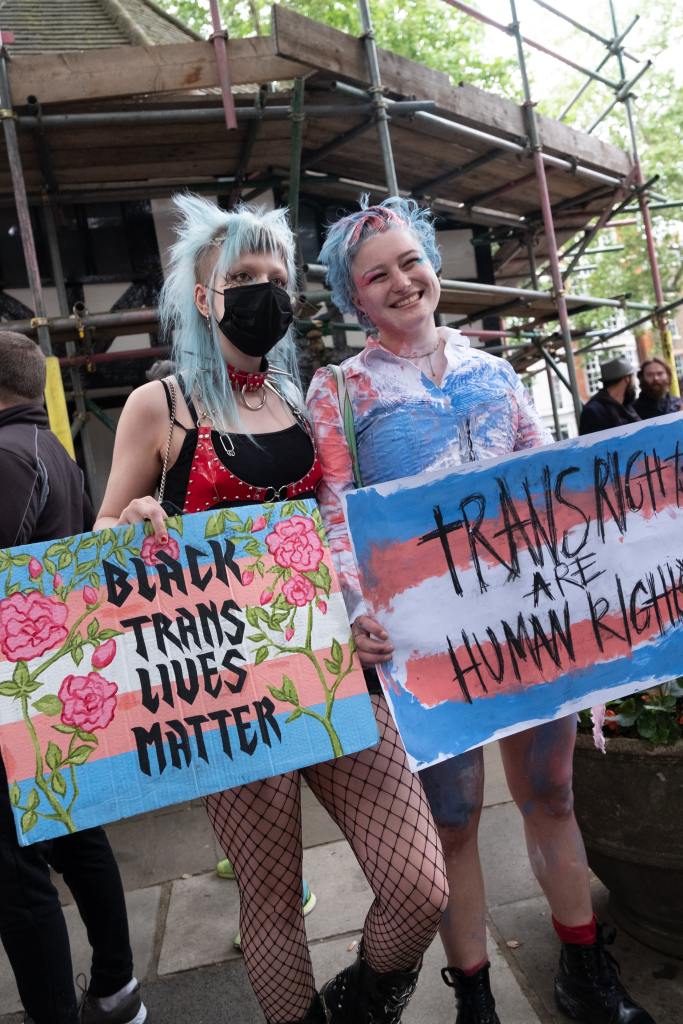
What are your MC’s special interests, and can you tell us a little bit about what special interests are (for those who don’t know) and why you chose what you did for your character?
I do love Gaelic! As for dragons, it’s more the Dragon Age games, specifically, though I do appreciate a good dragon in general! “Special interest” is a term specific to neurodivergent communities, primarily with autism and ADHD, where a person’s interest in a topic is notable from neurotypical interest in its depth and intensity. That can look like a number of things–for me, when I finally got the chance to learn Gaelic, I basically spent twenty hours a week doing it for two years. I was conversational in a couple months and fluent after two years, and six months after that, I got an A-grade fluent Highers qualification. I read heaps of books, including a Gaelic grammar book written in Gaelic, phonology, hundreds of hours of recordings of songs, radio programmes, and more. I think from the outside, special interests can look like obsessions, and to a degree, they are, but it’s always tied up for me with profound respect and comfort.
Sam’s special interest is mainly half-lived lives, in remembering and learning about kids who didn’t get to become adults. They research stories of people and keep a scrapbook of these teenagers’ “half-lived” lives and treat them with reverence because Sam feels very strongly that they deserve to be remembered.
Originally, this was going to be literal past lives, but that vanished in an early revision. I was still in the early years of self-diagnosis when I first wrote the book, and in the course of the editorial process after it was acquired, I got my formal diagnosis, and part of that helped to reframe my own experiences as well as Sam’s, so I think that’s how it ended up as it did in the end!
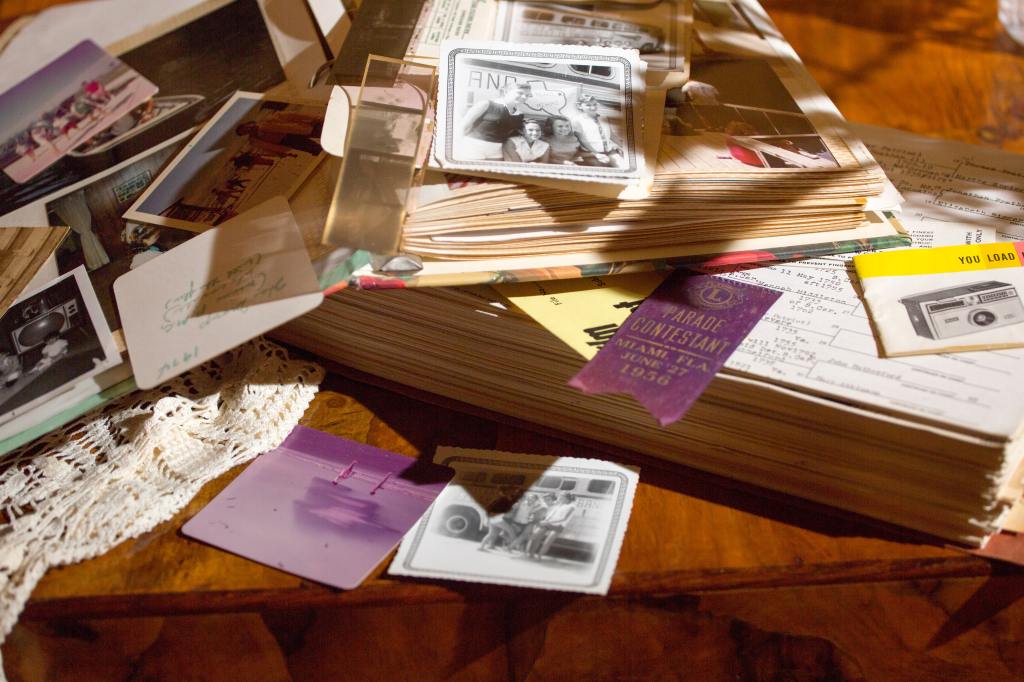
Masking plays a huge role in my life – so many people who say to me that I can’t possibly be autistic, because I don’t do whatever thing they think of as being typical for autistic people… when really, I’ve just worked really hard to mask over the course of my life. This obviously plays a role in Sam’s life and identity as well, and I’d be interested to know why you chose to address that aspect of autistic identity in your work.
Gosh, masking has been something so heavily on my mind for the past few years. With the pandemic, it’s become super evident how much energy I was expending masking when I was out in public and around people. Two years pretty much alone in my flat has left me without much of a mask–or maybe it just made the mask that much heavier to put on.
Masking sounds like a bit of a nebulous term, but for those who aren’t familiar with it, it’s essentially a set of altered behaviours, facial expressions, social scripts, habits, and strictures of bodily control that autistic and other neurodivergent people are forced to learn in order to be deemed acceptable by neurotypical society.
You may have heard that many autistics struggle with eye contact, so that’s an easy example. Masking that for an autistic person can be: forcing oneself to make eye contact (at great cost of emotional energy/focus/ability to participate fully in a conversation), training oneself to look between someone’s eyes or near their eyes to simulate eye contact, etc. It means suppressing stims (not bouncing when you’re happy about a good strawberry, not flapping a hand when there’s a too-loud noise) and constantly running processes to meet others’ specific expectations about what is acceptable existence and interaction.
I also have gotten a lot of the “you couldn’t possibly be autistic” lines, and it’s so frustrating because it so often comes from a level of ignorance that is both ignorant of the subject as a whole (what does autism look like) and ignorant of their own ignorance (ie: they don’t know what they don’t know and therefore think they know things they don’t). Which is a convoluted way of saying that we live in a world where clinicians exist in ignorance very frequently because of the historical failure to study autism outside of a very narrow phenotype (cis white men and boys), so the average person really isn’t aware of the diversity of autistic experience. My ability to mask impeded my diagnosis. It’s a double-edged sword–when we mask successfully, we are perceived to have low-to-nonexistent support needs, but none of us really mask well enough to not be perceived as somehow Other.
I think that’s what led me to leaning into that so much with Sam. I’ve been told so many times that I’m cold, self-centred, inconsiderate–almost always stemming from encounters with people where I was overstimulated, nearing meltdown, struggling socially or sensorily, or my social script slipped so I either didn’t know what questions to ask or how to seem appropriately engaged. I went undiagnosed so long that I was constantly just desperately confused at how hard I had to work to be acceptable to people–I really wanted Sam to meet people who would make space for their differences.
This book has aspects of queer contemporary, mystery, fantasy, literary, even a little bit of horror – what drew you to this kind of storytelling?
The book started out with a much heavier speculative element, so that was actually pared back a huge amount and shifted elsewhere (less literal past lives, more spooky!), and I’m rooted in fantasy as a writer. All of my published adult novels are fantasy, and it’s where I feel most at home.
I think what’s different about this one is that it’s my first ever YA, and while I read a lot of YA, I wasn’t aiming at a particular genre within the category and just went with what felt right. I love liminal spaces (probably because I’ve spent my whole life in them!), so this is what comes most naturally to me.
A lot of the process of this was me needing to learn mystery beats to shore up that aspect since despite enjoying mystery, I’m not generally a mystery author! But beyond that, it was treating the mystery itself like a character arc that would change everyone it touched. One of the interesting things to me is that in the first draft, Sam’s strength came more from their past selves, and I think rooting it in Sam’s present self made them a lot stronger as a character. In a way, I kind of have to laugh at that–I have a tendency to process My Own Stuff through what I write, and writing and revising this book felt like giving myself permission to exist within my own strength.
Even though most of the time, people are super supportive, being a marginalized publishing professional can be super challenging. Your book is with a major publisher – Astra Books for Young Readers in the US – and that’s a really big deal! What has your experience been like working with an agent and an editorial team at a big publishing house on a story featuring protagonist who shares some of your marginalized identity experiences?
Wooo! We are legion!
“Super challenging” is definitely a way to put it. This book was on submission for almost two years before it sold, and while most of the rejections I got were sort of typical (“not for me”, etc.), I got a few that really stung on both the axes of queerness and autism. My agent has been so phenomenal. I’ve been with her for seven years now, and she’s had my back no matter what, to the point of pushing back against a rejection to educate the person a bit about autistic experience.
The book was originally acquired by Jes Negrón before Astra bought BMK, and I’ve known Jes for a decade (she was my first agent and has championed my work from the beginning of my career!), but Jes left the industry for personal reasons, and Suzy became my new editor. I was definitely super nervous. Having an established relationship with Jes, I felt so safe with her, and…erm. Autistic people aren’t known for being super sanguine about change! (It me; I am autistic people who are not sanguine about change)
But my team at Astra has been phenomenal. I’ve been really assertive if I thought an editorial note would serve to make Sam’s reactions and behaviours more neurotypical friendly, and Suzy has been so supportive in that and always willing to listen and dialogue with me–and if you’ve not heard, she just acquired my next YA, The Evolving Truth of Ever-Stronger Will, which also features an ND non-binary protagonist. So we’ll be working together again and actually just had our first editorial chat about the book last week! As we’ve moved into the publicity phase, my publicists have really thrown extraordinary support behind Sam, and for a book as personal as this on so many levels, I really could not ask for better people around me.
I think the biggest challenge for me has been my own fear. There were a couple of times in the editorial process where I got really scared that Sam’s responses weren’t translating to neurotypical readers (particularly with regard to how Sam doesn’t easily name emotions they’re feeling), but I explained alexithymia and was met with support and kindness.
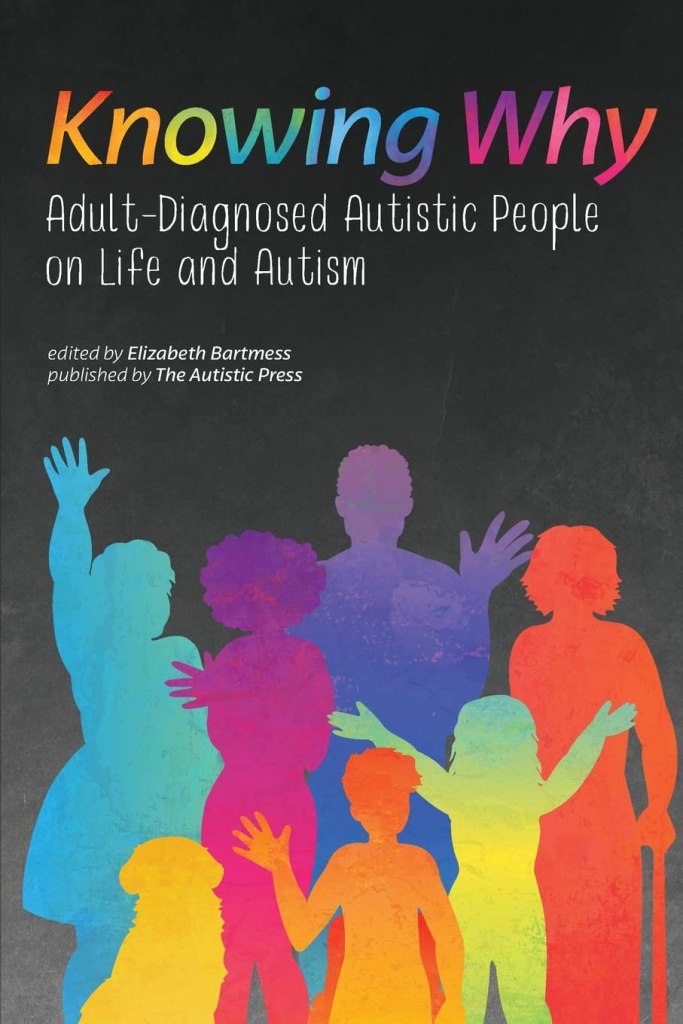
Have you encountered other stories by authors who are non-binary and autistic, or stories that reflect those experiences in ways that feel meaningful to you?
My TBR list is a mountain. I know so many other non-binary autistic authors, though most I know write adult fiction: R.B. Lemburg, Bogi Takács (who happen to be married!), Ada Hoffman, Andi (A.C.) Buchanan, Merc Wolfmoor, A.J. Odasso, and a BUNCH of others I want to also list but am not sure how out they are on both axes. I love, love, love Merc’s short fiction, and I’ve been reading R.B.’s The Four Profound Weaves, which really speaks to me on several levels. I also have Andi’s Sanctuary on my Kindle to read ASAP–that one is I think in a similar vein to Sam Sylvester in that there are ghosts and healing and queer family.
There is a fantastic compilation of essays called Knowing Why: Adult-Diagnosed Autistic People on Life and Autism that includes essays by A.J. Odasso and Andi Buchanan (as A.C. Buchanan). It feels really validating to plug into those personal essays and see my community and myself reflected back at me.
What is one thing that you would want your readers to know about THE MANY HALF-LIVED LIVES OF SAM SYLVESTER? Similarly, what do you wish you could tell adults who are going to choose this book to put in a young reader’s hands?
Oof. With things as fraught as they are politically and trans lives–particularly trans kids’ lives–at the eye of the storm yet again, I want to first of all say to my fellow trans and non-binary people that I know I don’t speak for you. Sam’s experience isn’t everyone’s experience, because we are all different, but I hope you will find something of yourself in the pages of this book. It’s for you no matter what because you deserve to be here and accepted without fear.
For adults? You never know what’s going on in the minds of the kids you interact with unless they tell you. Books obviously can’t make us anything we’re not already–if that were true, I’d be cis and straight for sure. 😛 But books can remind us that we’re not alone, and being young and queer can be incredibly lonely, especially if we’re in a place trying to legislate us out of existence. I hope that Sam’s story can be someone’s friend when they need one. Will you help me introduce them?
The cover art for your book is super evocative, and the figure portrayed is also queer-coded. Did you have any input into your cover design, and do you feel that it conveys the mood that you were trying to capture with your narrative?
First of all, I have to shout out the amazing Lauren Franklin, who is a Minneapolis-based Black illustrator and whose work is absolutely phenomenal. When I saw their portfolio, I about fell over. I had a surprising amount of input into the design, which I truly appreciate–that’s almost never true in traditional publishing!
The initial sketch was close to this, but the sky was plain blue. The tattoo bleeding into the sky was part of the revision notes, and I basically asked them to lean into their own style as much as possible–they turned around and came back with this, and it’s so perfect. I get so many compliments on the cover, and I’m just like Lauren! It’s Lauren! They’re AMAZING!
The art absolutely hits every note I was looking for, capturing Sam’s inner mind as well as their outward appearance, and I couldn’t be happier.
Last but not least, whenever I feature a non-Black author on my blog, I always ask for a book recommendation that’s by a Black author from them. This can be ANY book by a Black author that you think others would enjoy!
Oooh, yes! I’ve been reading Namina Forna’s The Gilded Ones, and I’m so hooked. I’ve been lamenting my work schedule keeping me from reading more. The prose is super evocative, and the worldbuilding is lush–it’s the exact type of second-world fantasy I love to, like, cannonball into and stay there.
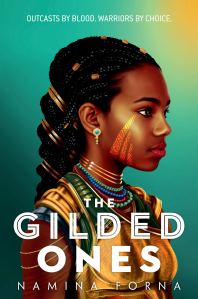
Also on my TBR right now is C.L. Clark’s The Unbroken–they’re a pal, and I’ve had the book on my friend shelf for far too long, and it’s been watching me. >.> I think that book will be a great tonal follow-up for The Gilded Ones.

New Moon Mini-Tarot Spread
When I asked Maya if they would be willing to do something creative for this post, they REALLY delivered. At the time, it was the April new moon (both our lives have been a little… hectic… lately), so they did a mini-tarot spread for themself and Sam. They provided me with these gorgeous photos that speak for themselves, and they used the Weaver Tarot, a deck with an aesthetic that’s just perfect for Sam!
Maya drew three cards: one for Sam (seeker of wands), one for them (the fool 🙃) and one for their career going forward (five of cups reversed).





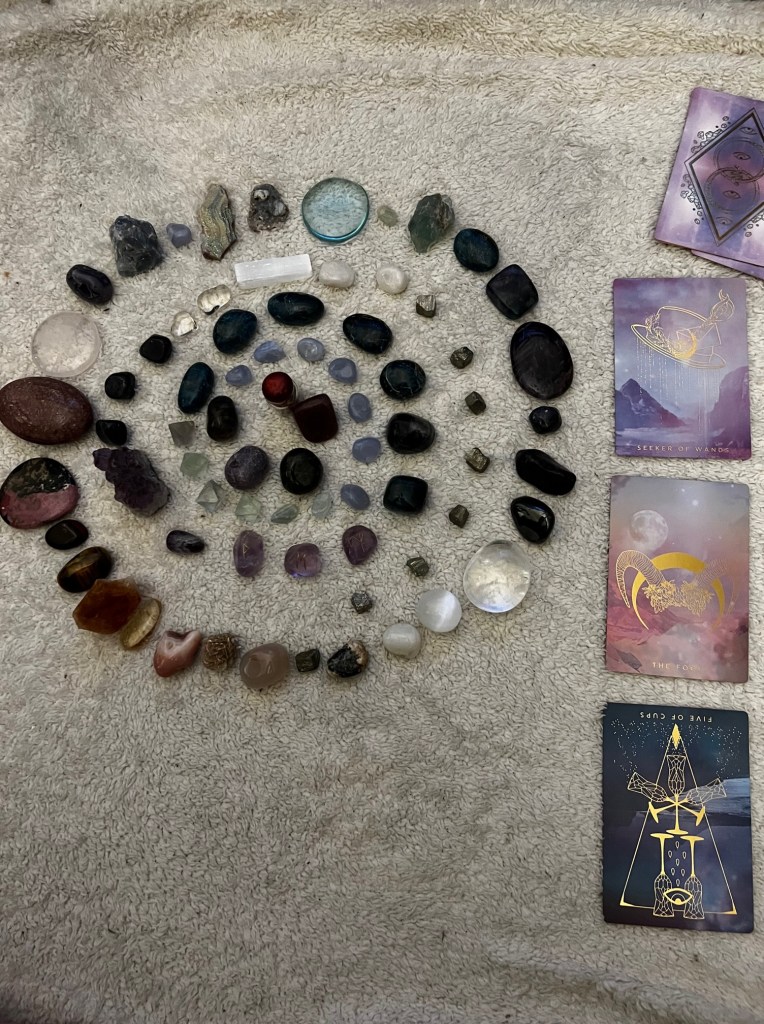

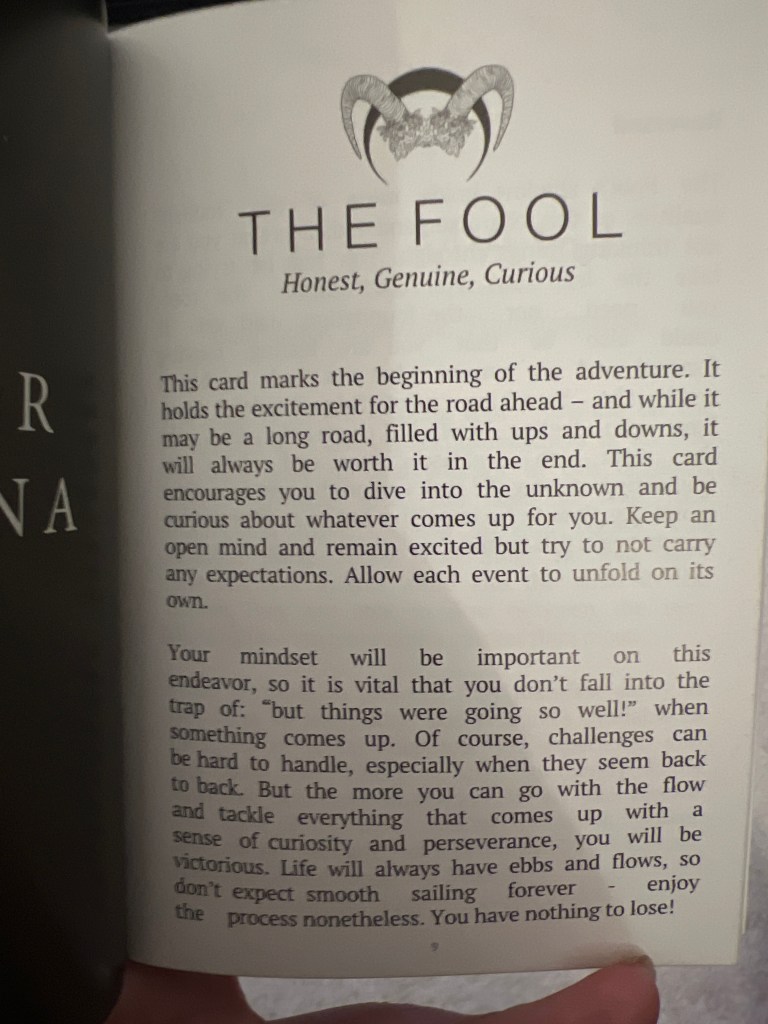


Character Art by Paisley Wilson
Maya gave me ONE final treat to share with our readers – but this one is a great one. Their friend, Paisley Wilson, created this gorgeous art piece of two of the characters from THE MANY HALF-LIVED LIVES OF SAM SYLVESTER – Sam, the MC, and Shep. I hope that you love it as much as I do, and I want to wish a final HAPPY BOOK BIRTHDAY to SAM SYLVESTER and Maya MacGregor!

PS, if you enjoyed this post, please consider leaving me a tip! It only takes a minute, and it allows me to keep creating content just like this, buying food for my pets, and pursuing my career as a literary agent!

